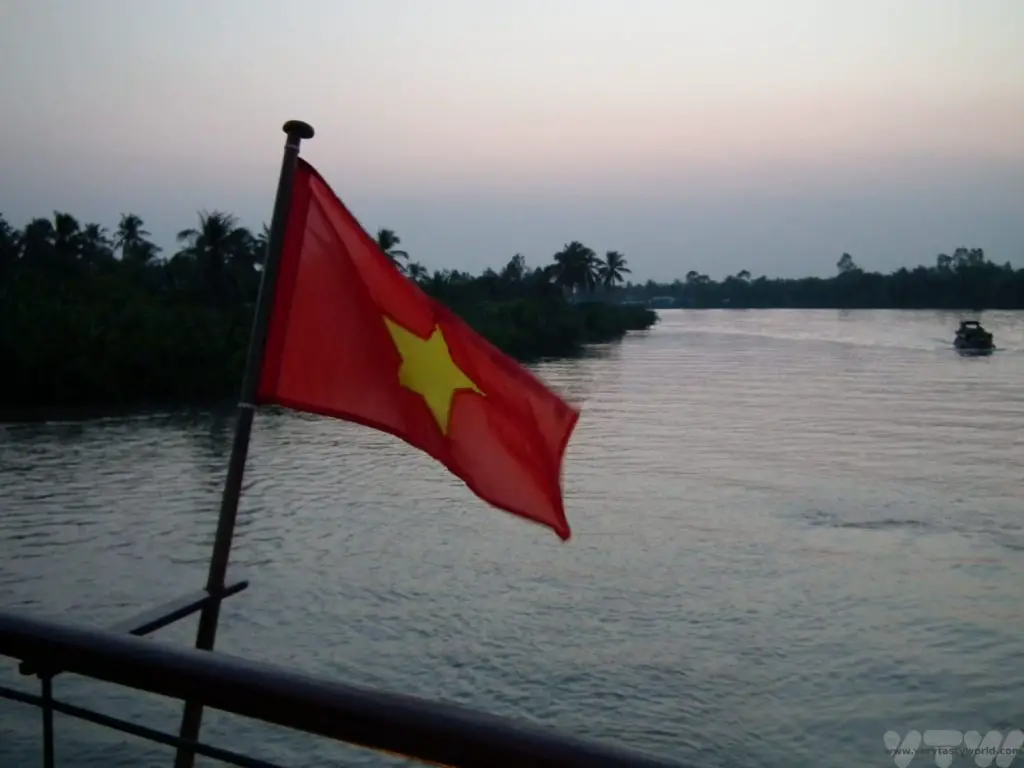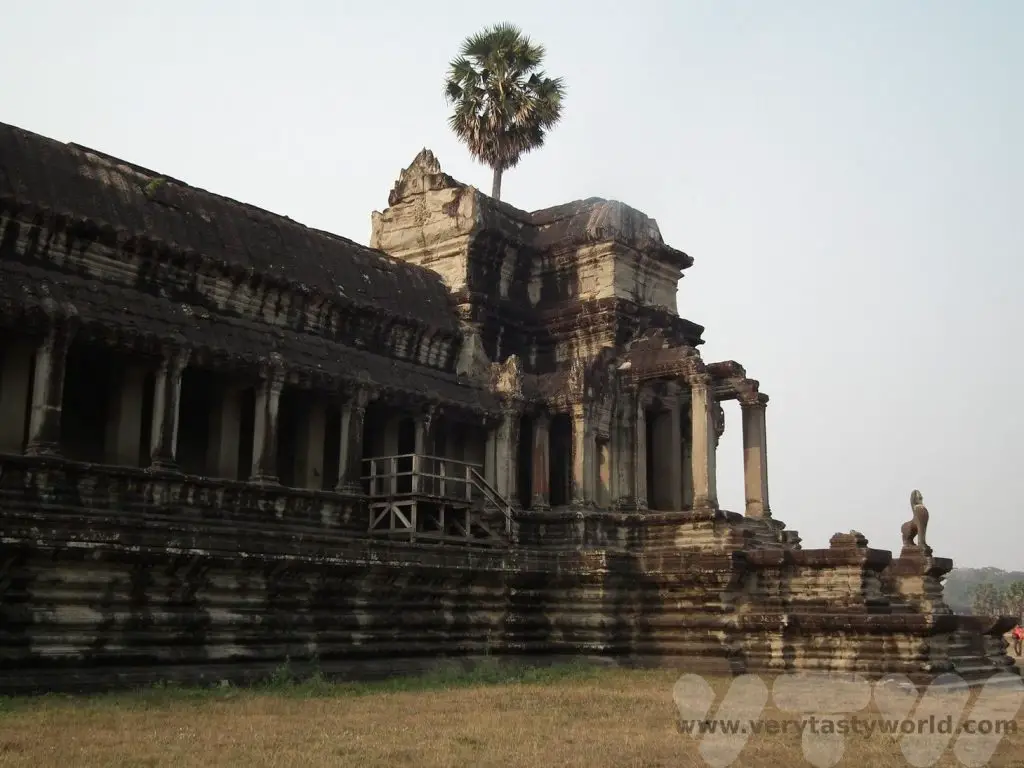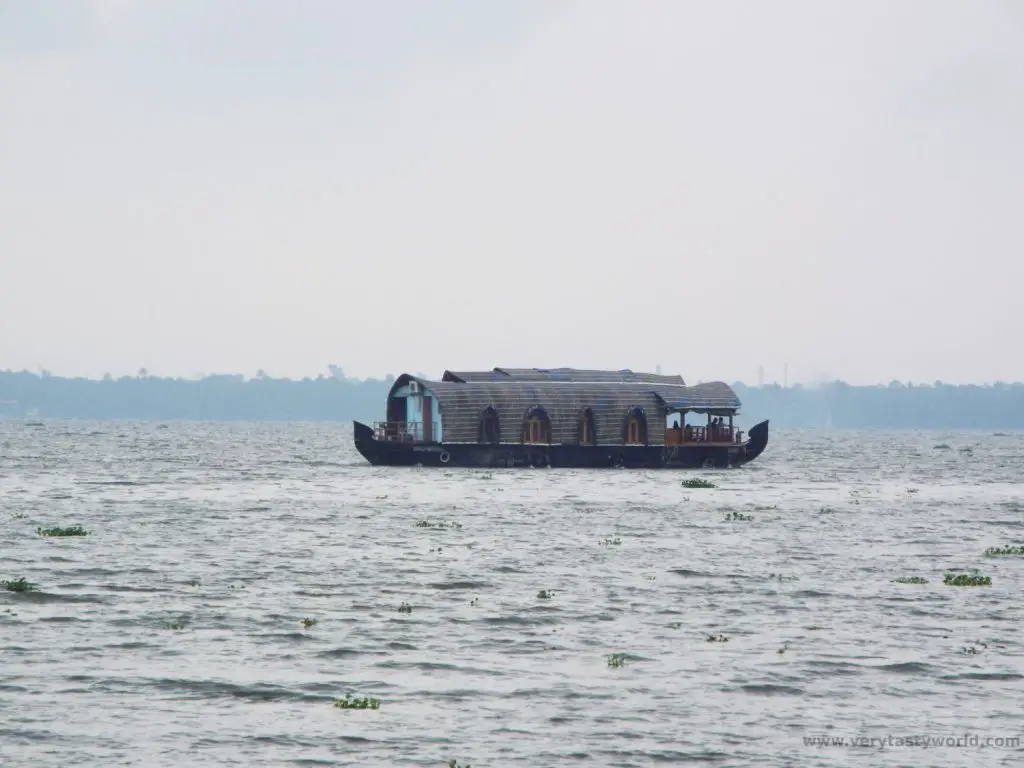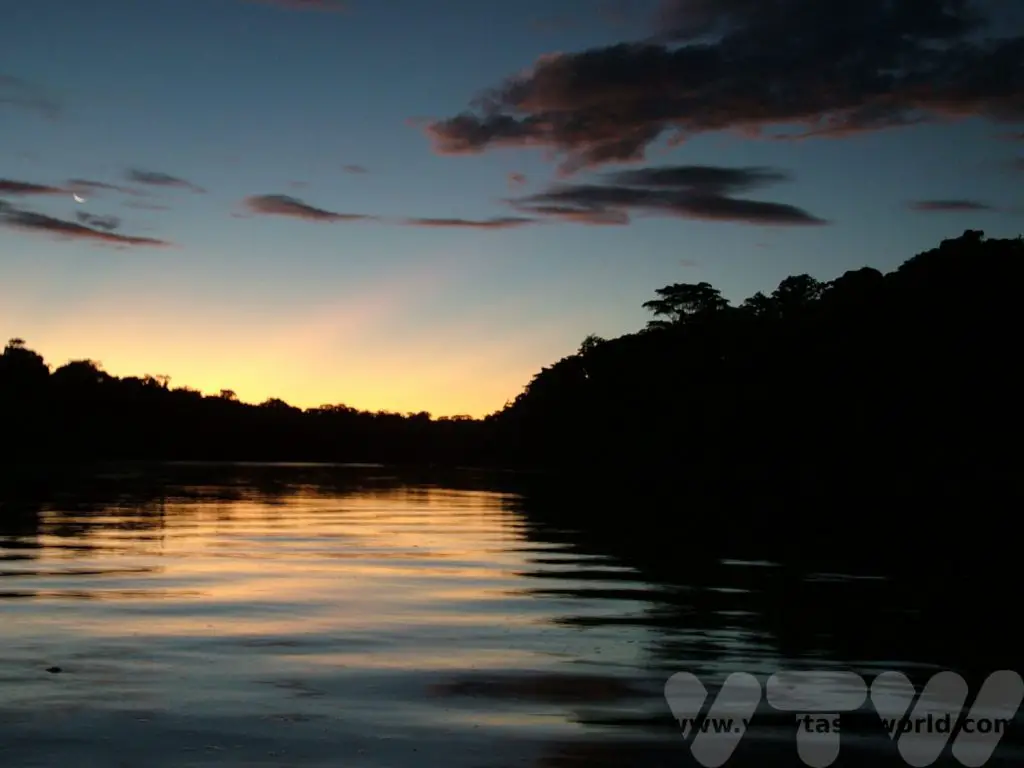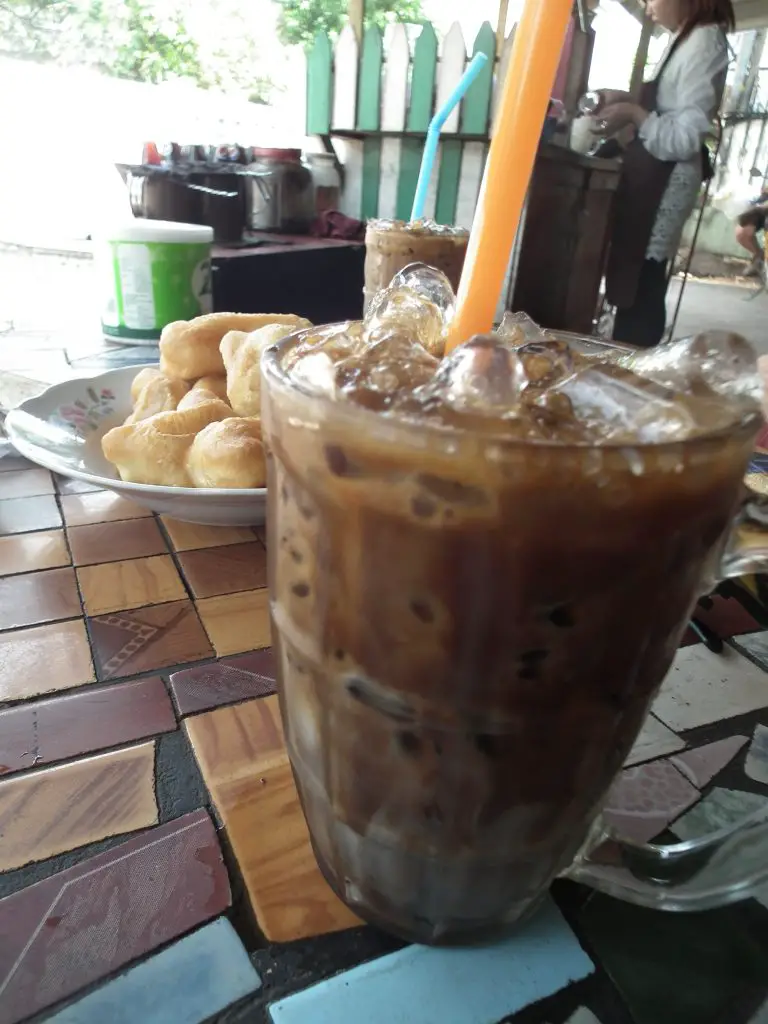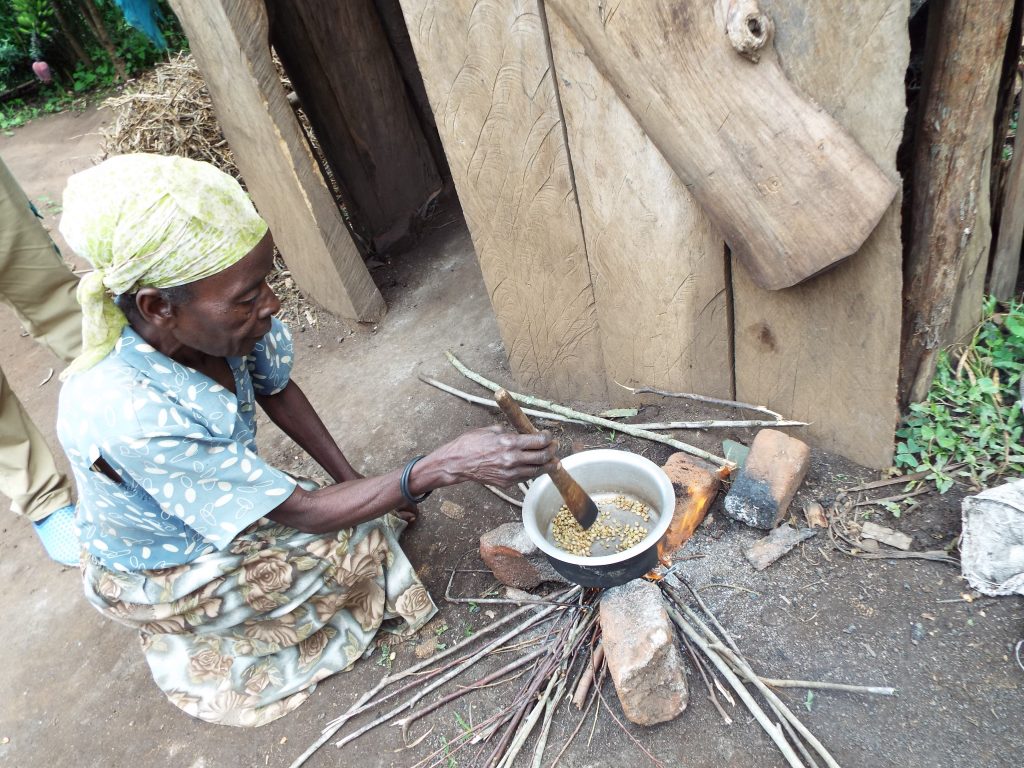Mekong Meanderings
The mighty Mekong river is the 12th longest river in the world. We have been lucky enough to have encountered it many times over the years as it has meandered through our journeys across South East Asia over the course of two trips in Lao PDR, Cambodia and Vietnam. And we learned some interesting facts about the Mekong river along with way.
The Mekong rises in Tibet and flows for nearly 5000km through China, Myanmar, Lao, Thailand, Cambodia and Vietnam, where it runs into the South China sea. It’s a river that clearly has an enormous impact on the people who live on and around it. From a geographical perspective it has some amazing features. And, if you’re lucky, you can get to see some really special wildlife, notably the Irrawaddy dolphins that live in the river. Many people’s livelihoods depend on it. It also provides a rich source of food for the local people that live along it whether that is bounty from the river itself or the irrigation it provides for the farmers who work the land alongside it.
Lao – Luang Prabang
Our northernmost encounter with the river was when we started our journey through Lao PDR. Luang Prabang is a lovely laid-back town at the confluence of the Mekong and the Nam Khan rivers. Each year, when the rivers flood, the bridge across the Nam Khan is washed away and it is reconstructed when the waters subside.
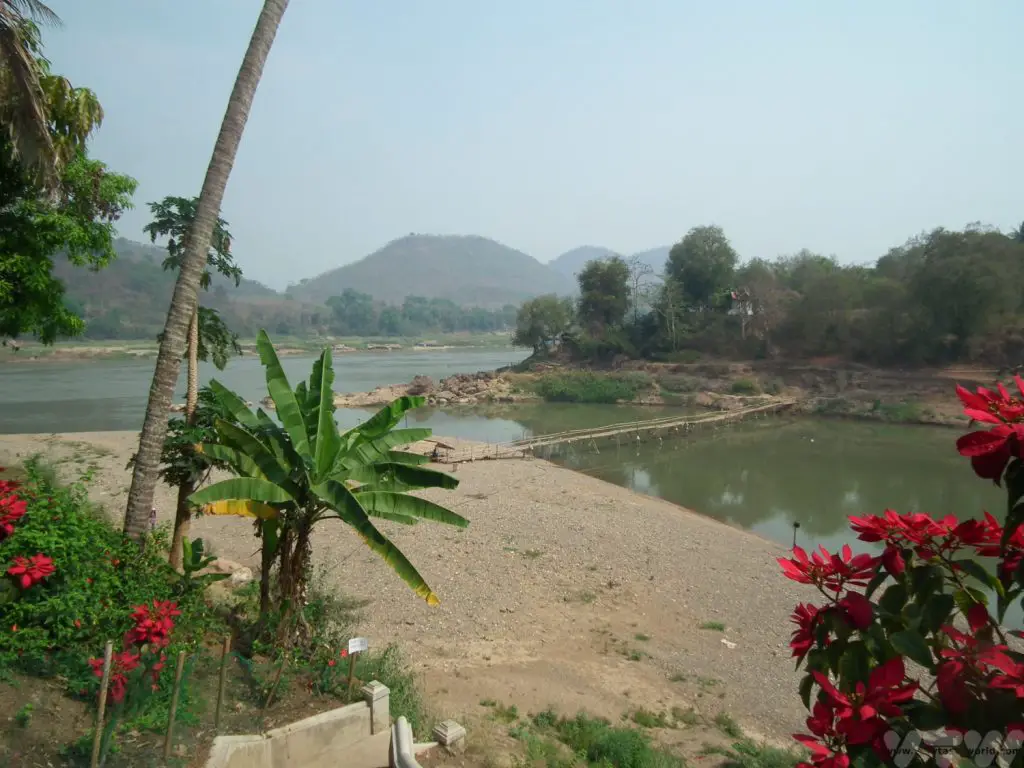
Luang Prabang is the former capital of Lao and has plenty of places to see. There are lots of temples to visit as well as the royal palace which was built in 1904. When the monarchy was overthrown by the communists in 1975, the building converted into a museum and Lao’s capital was transferred to Vientiane.
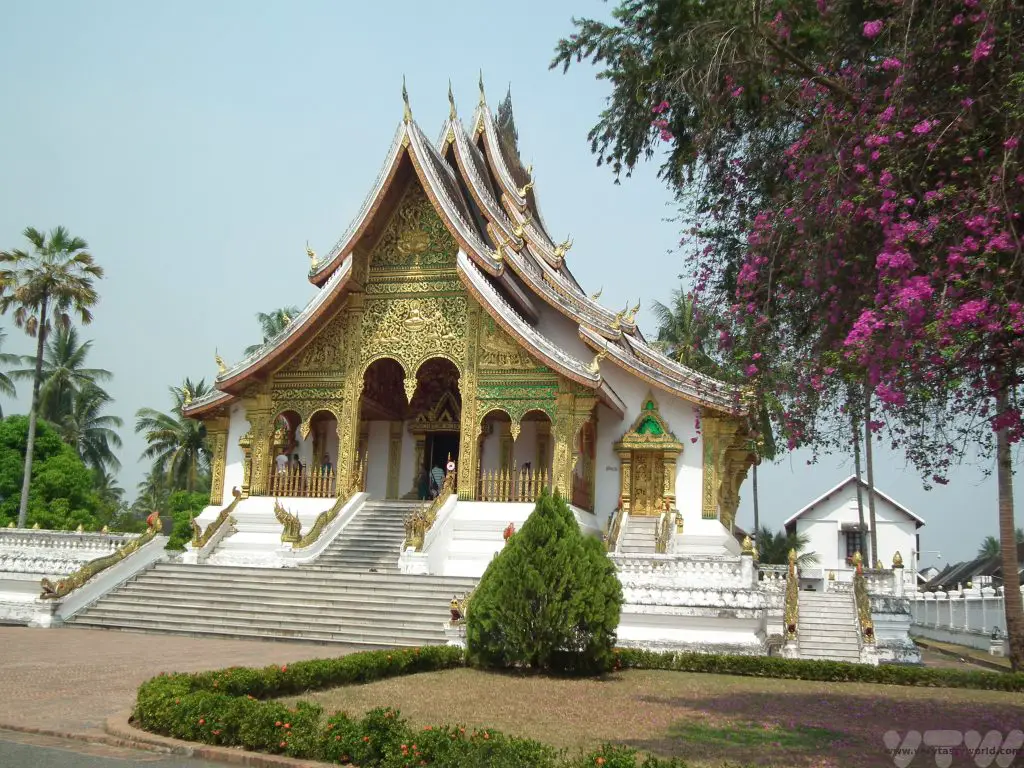
It’s possible to take an evening cruise on a longboat – motor upriver and then float downstream watching the sunset with a cool beer is a lovely and relaxing way to spend an evening.
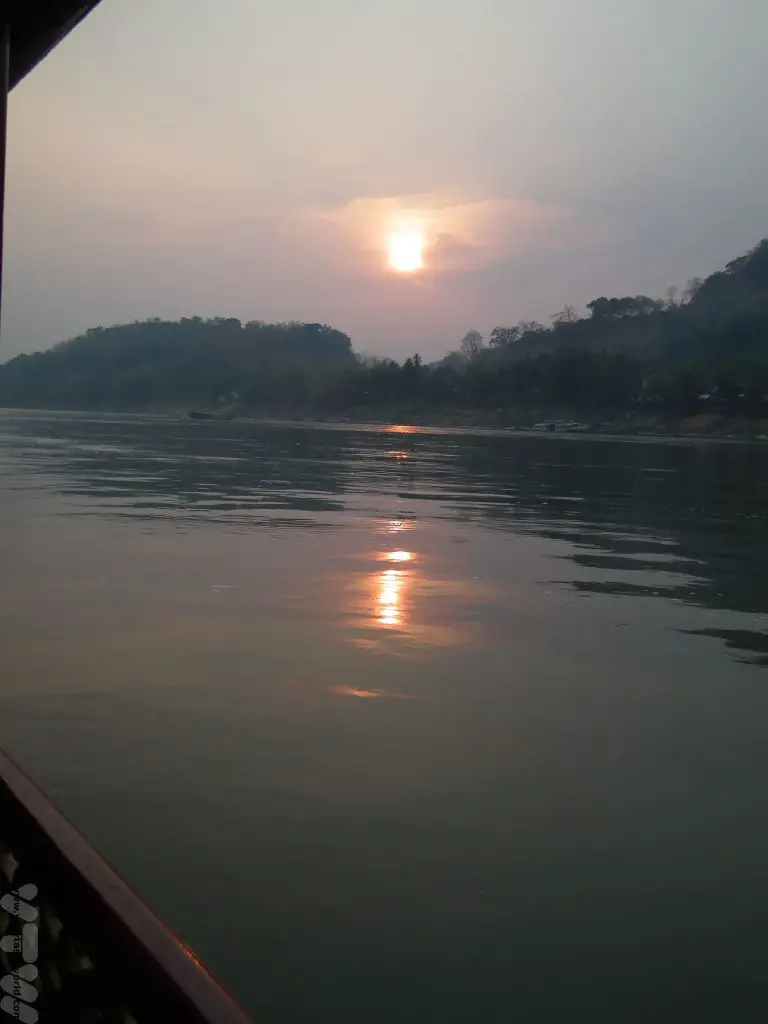
Luang Prabang was also where we first encountered Lao food. A lunch of typical Lao delicacies included local river weed which we had seen for sale in Phosi market.
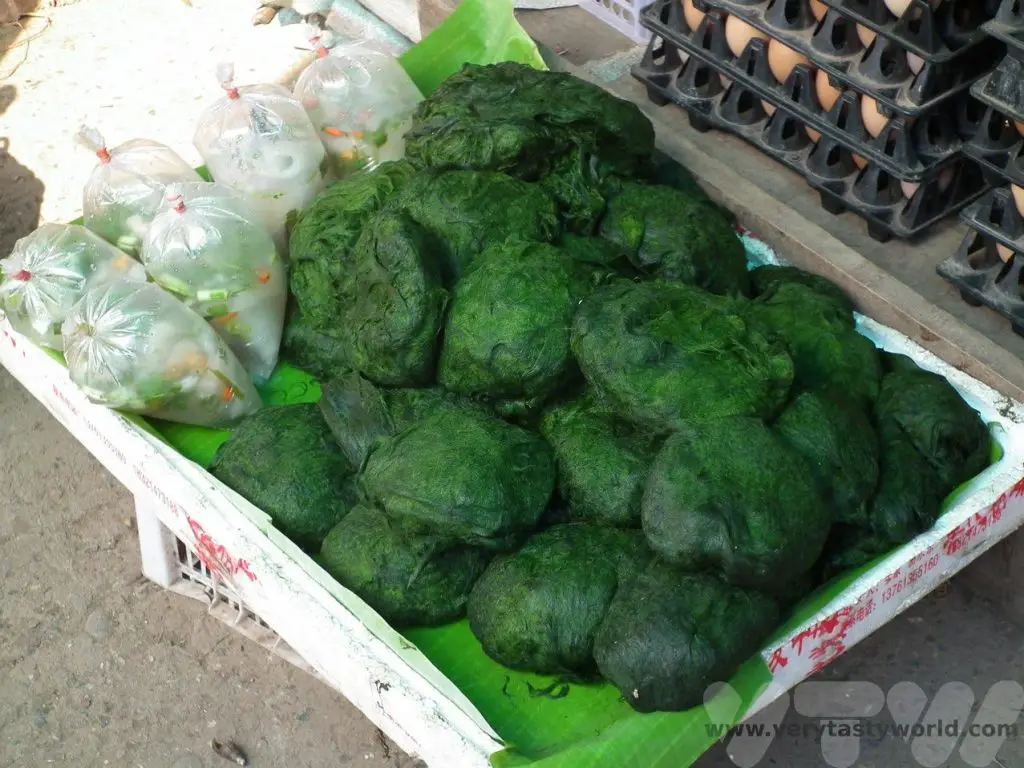
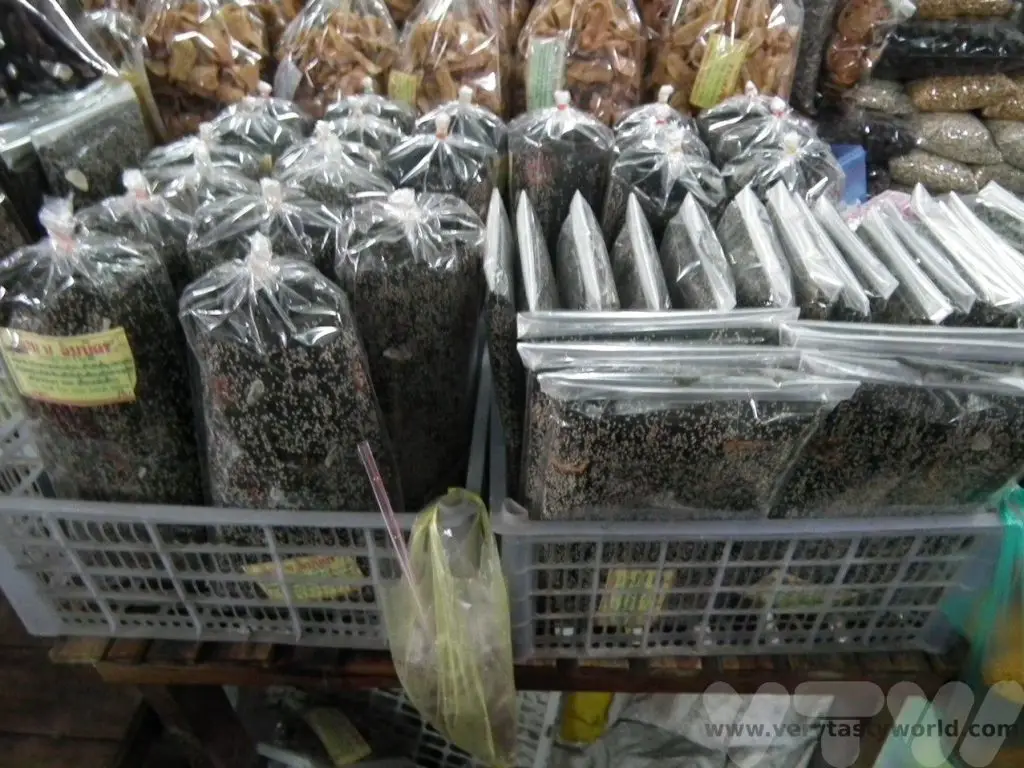
It is flavoured with seasonings and then dried in the sun. It makes for a delicious snack which is incredibly moreish, especially with beers. We enjoyed a lunch of typical Laotian specialties at Tamarind restaurant which included the dried river weed. While the ‘PDR’ of the country’s name means ‘People’s Democratic Republic’ many locals say it stands for ‘Please Don’t Rush’, an invitation to enjoy eating at a leisurely pace.
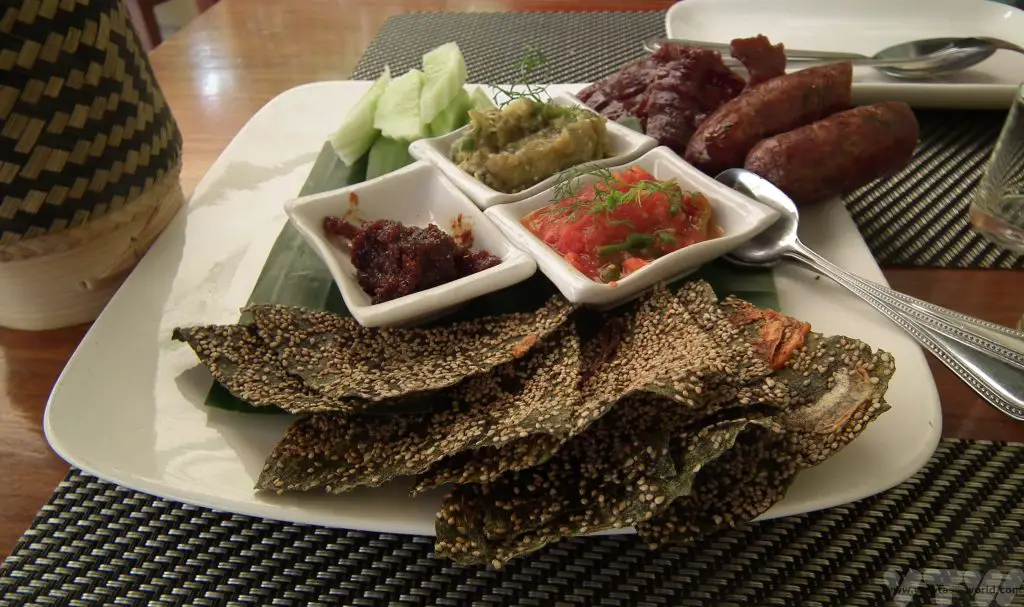
Lao – Vientiane
The Mekong traverses the border between Lao and Thailand before moving inland through Lao. Vientiane is the capital of Lao PDR and its largest city. Although it’s a city that is growing fast, it’s less hectic than the other capital cities in South East Asia.
The Mekong is broad and wide and Vientiane has a long promenade along its banks. You can see Thailand right on the other side of the river.
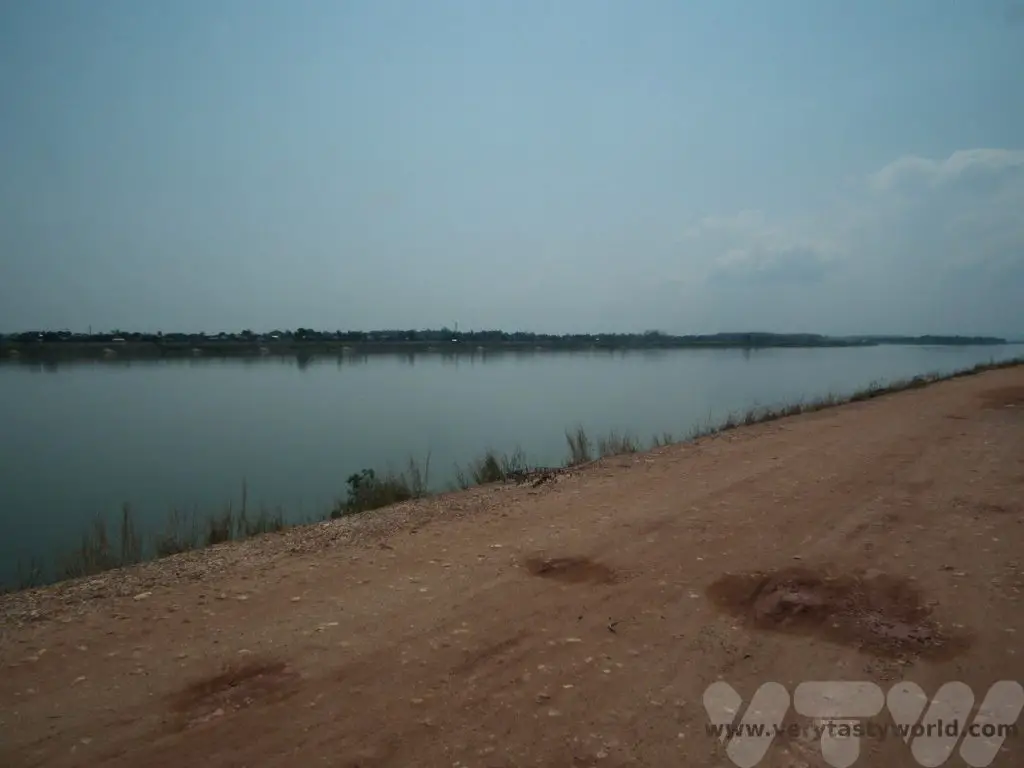
In the evenings a bustling night market opens up on the river’s promenade.
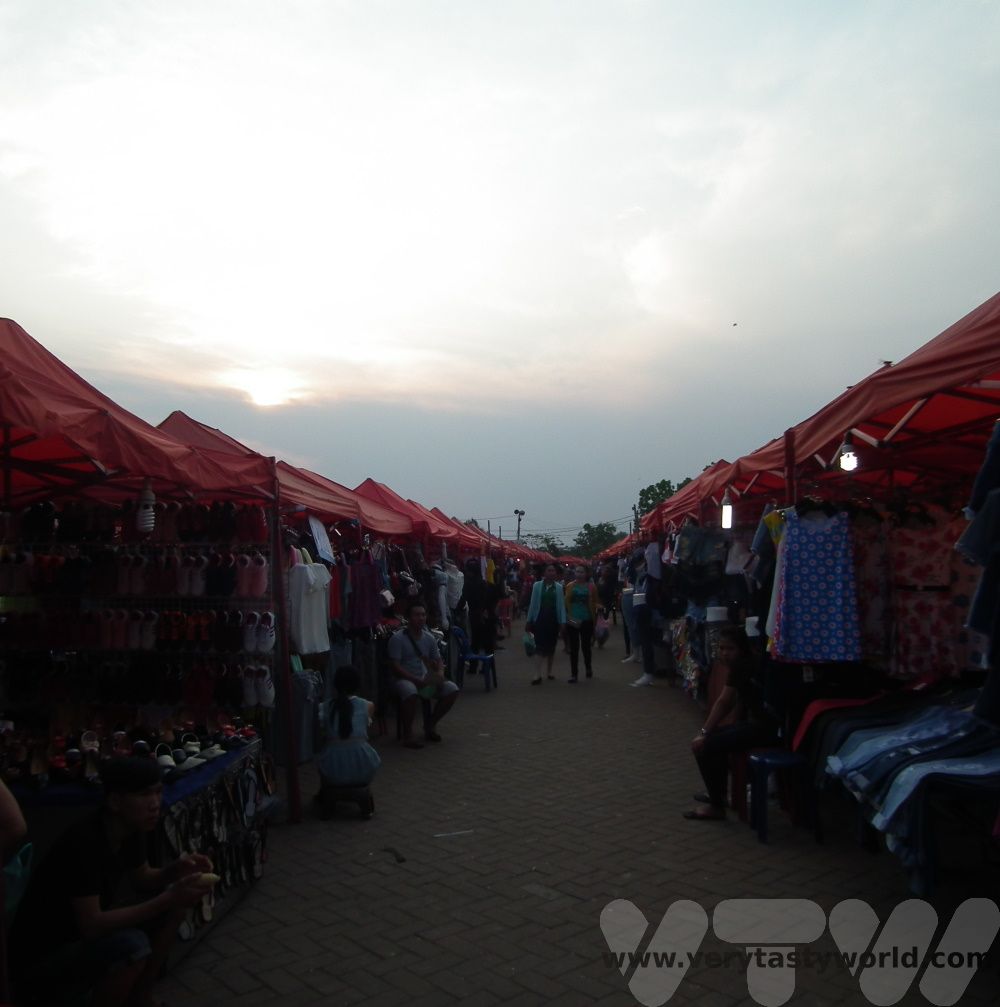
We left Vientiane to travel further south. Our next encounter with the Mekong offered a complete contrast to the serenity of its flow through Lao’s capital.
Lao – Siphandone
Siphandone is a delightful stopping point in the Champasak Province in South Lao, close to the Cambodian border. The river splits into multiple channels, leading to the formation of many islands – the name Siphandone means ‘4000 islands’.
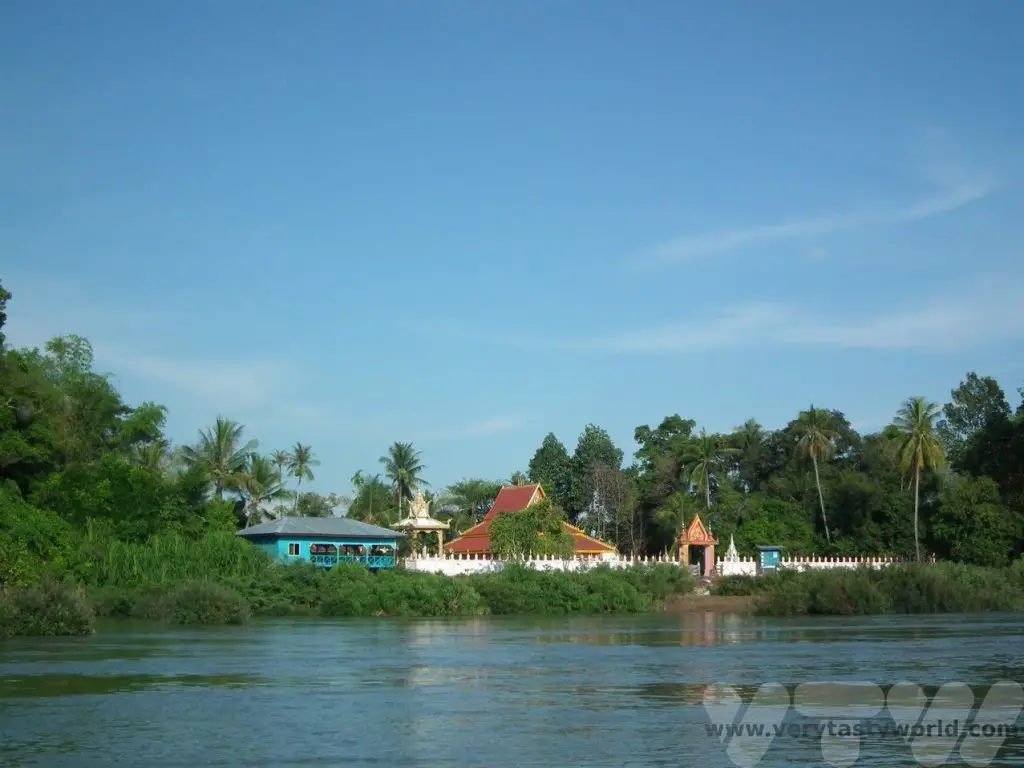
The area is very beautiful but parts of it are also ephemeral as some of the smaller islands disappear under the water when the river is in flood during the rainy season. We spent a couple of lovely, relaxing days exploring Don Khong, the largest island. There are some nice walks and some interesting things to see, including the remnants of a railway, an initiative by the French colonial administration who wanted to make the Mekong navigable to China – Siphandone and the waterfalls just to the south proving to be the geographical blockers.
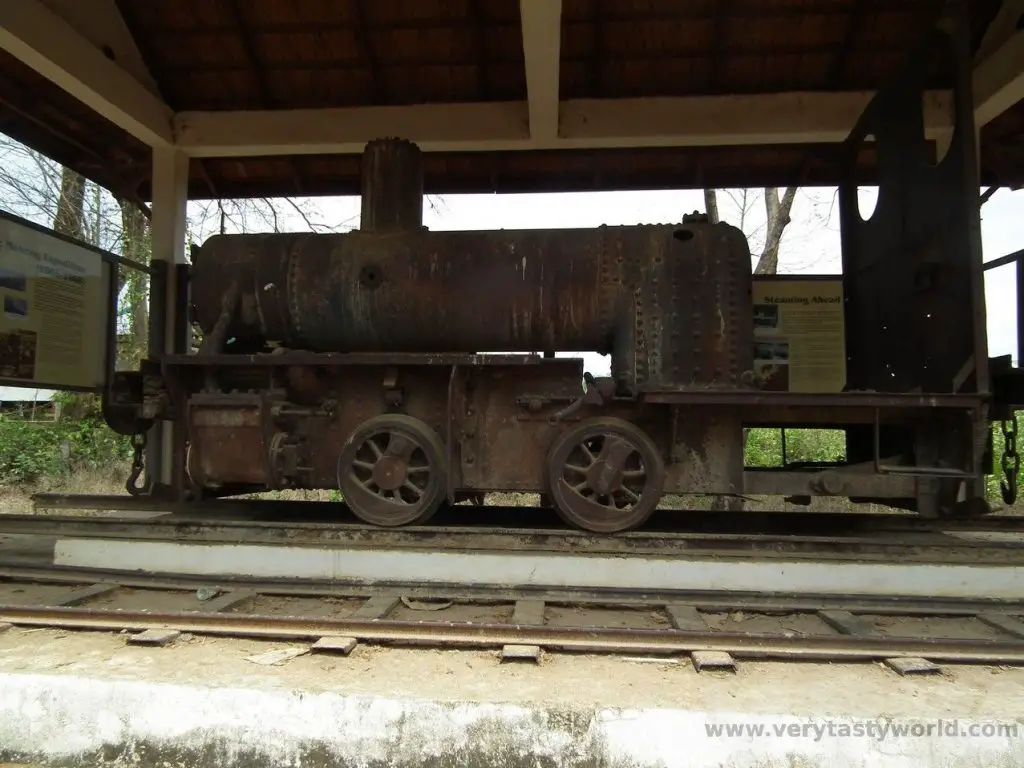
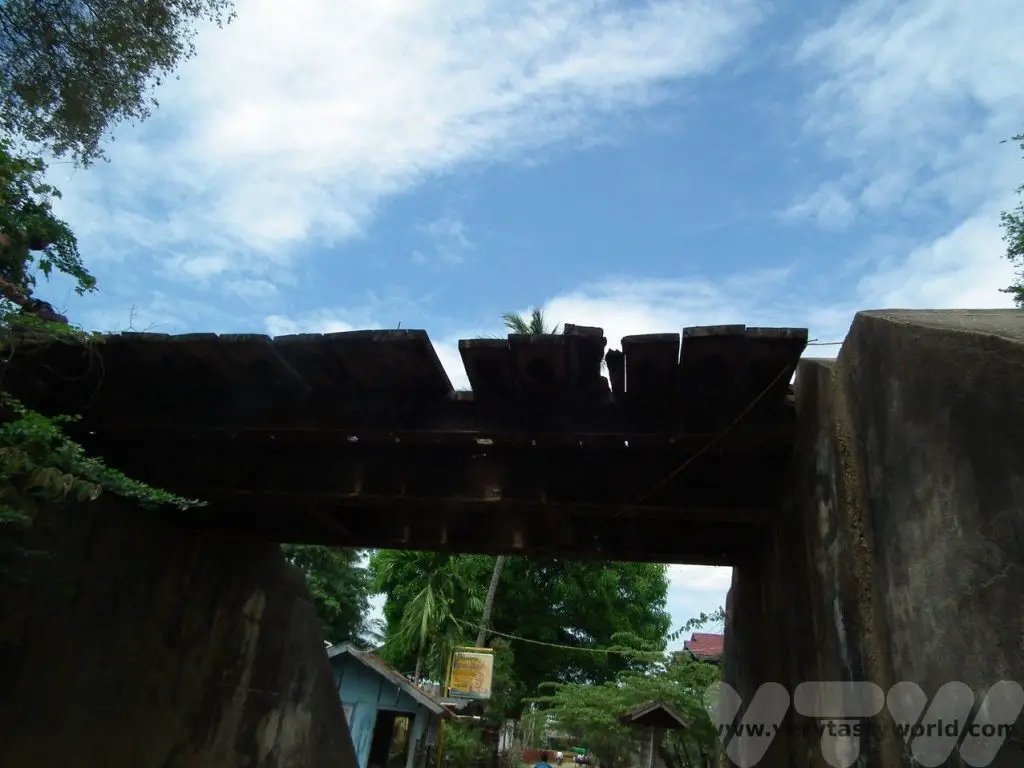
It may be possible to find local people who can take you out for a boat trip on the river in search of the rare and highly endangered Irrawaddy dolphins. These lovely creatures inhabit just a very small length of the river between southern Lao and northern Cambodia. According to the World Wide Fund for nature there are less than 100 dolphins left in this area.
Irrawaddy are an unusual looking dolphin – they have a more pronounced forehead than their seafaring counterparts and a smaller, broader beak. If they are around and you want to see them just head for a beach to find a boat. You can pay for the trip in cash.
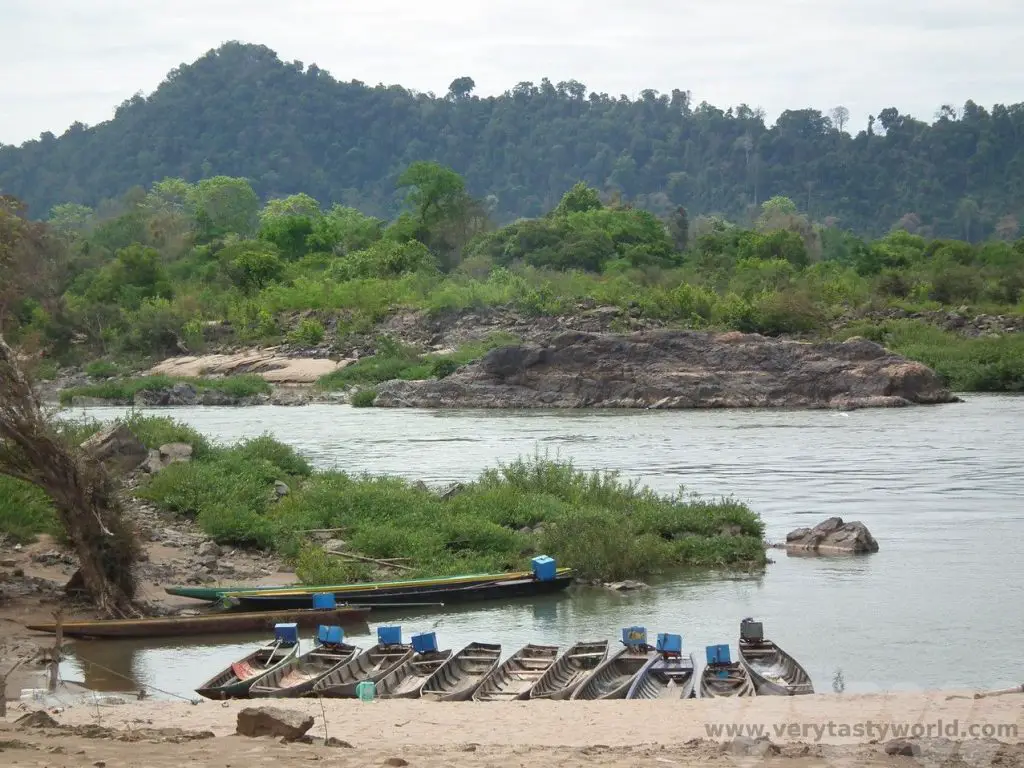
The dolphins are quite tricky to photograph as you only really see them as they pop above the surface for air, but it is magical catching sight of them.
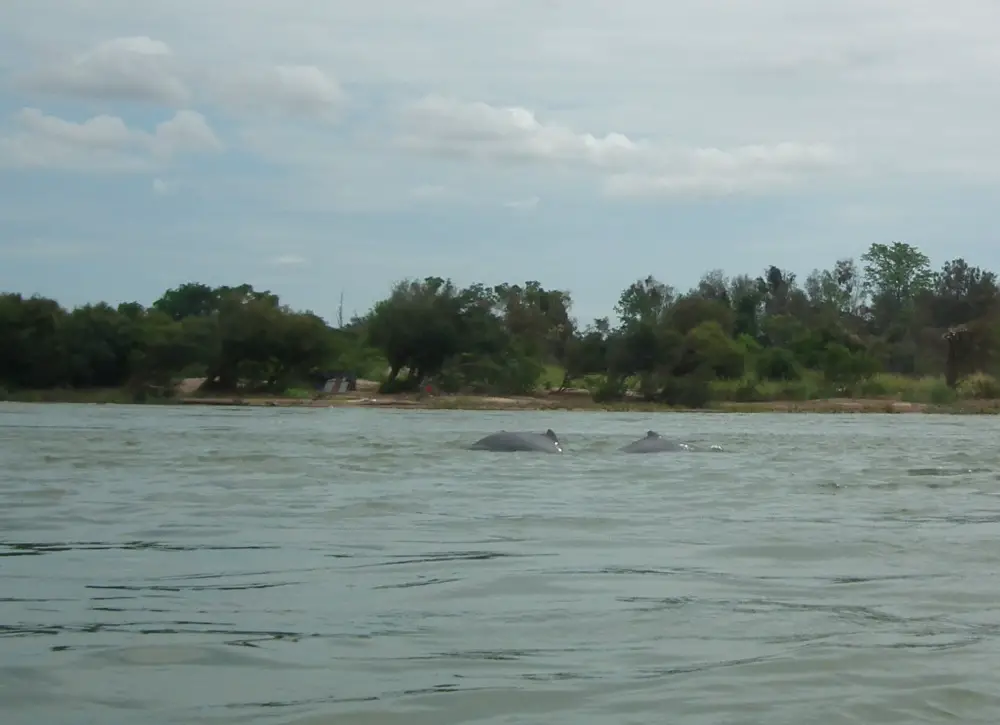
But mainly the area is a place to relax and explore at a sedate pace. It is very peaceful, especially in the evenings.
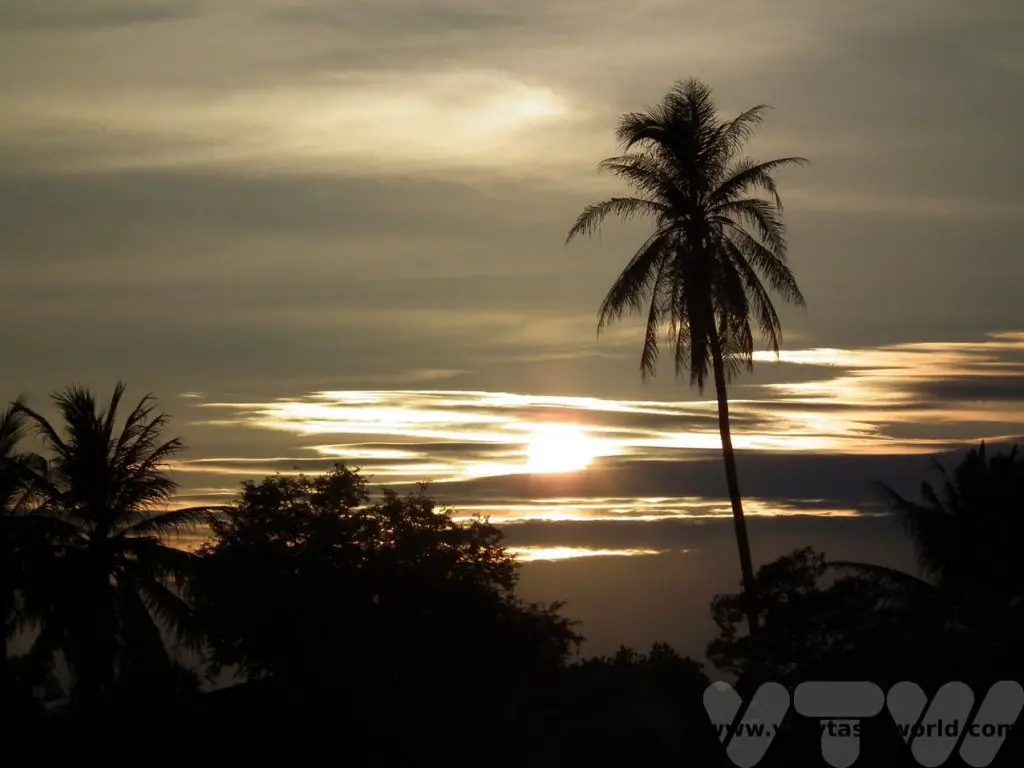
Lao – Khone Phapheng Waterfalls
Located just a few kilometres south of Siphandone are the Khone Phapheng falls. Due to the many, many channels that have formed at this point in the river these are the widest waterfalls in the world.
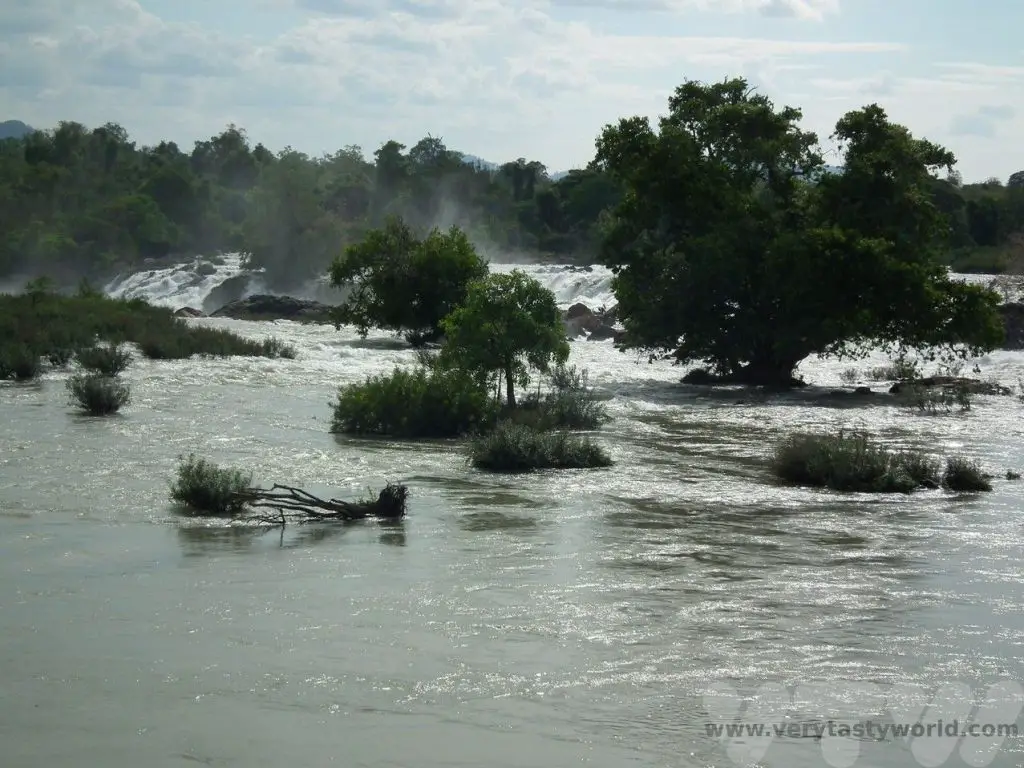
They are also the reason that the Mekong isn’t properly navigable from the South China Sea through to China. The rapids extend for a length of around 10km.
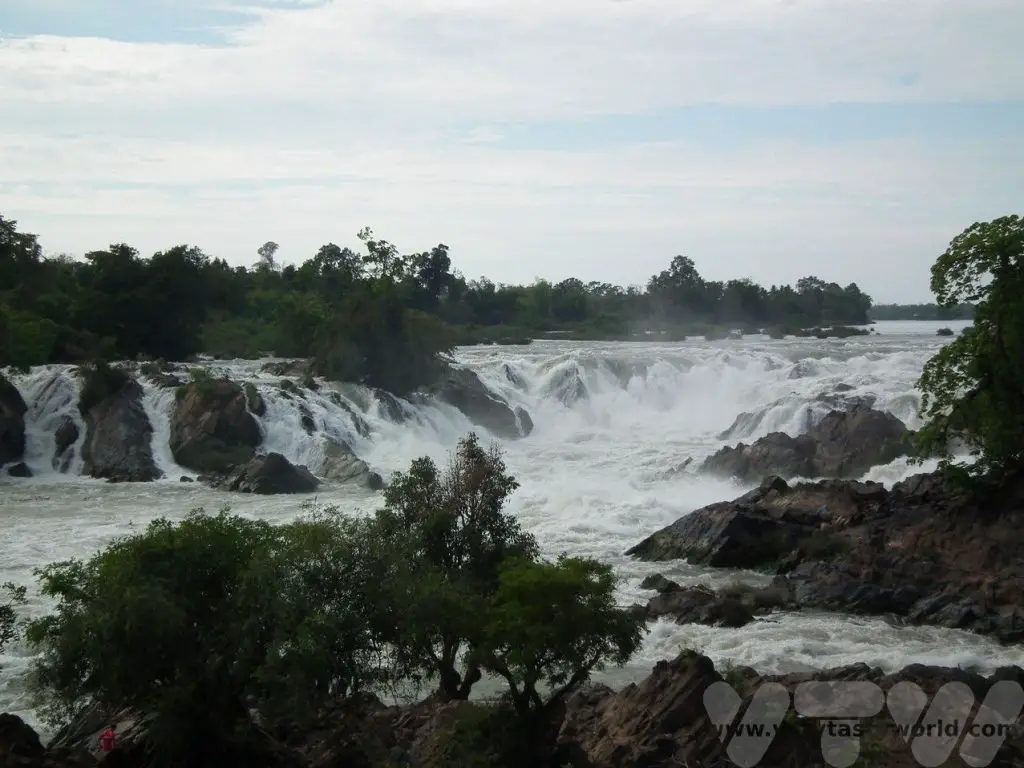
Several attempts were made to construct steamships that could scale the falls – with a lot of manual pulling – in the late 19th century. All of them failed. There were ideas to construct a canal with a series of locks around the falls but the expense was prohibitive so the railway was built – the idea being to deconstruct the boats, carry them on the trains via Siphandone and reassemble further upstream. Which sounds like a right faff, not an elegant engineering solution.
It is possible to walk along the banks of the falls and view the sheer might of the river at this section. There are restaurants and cafes in the area to enjoy a snack and a coffee while watching the falls.
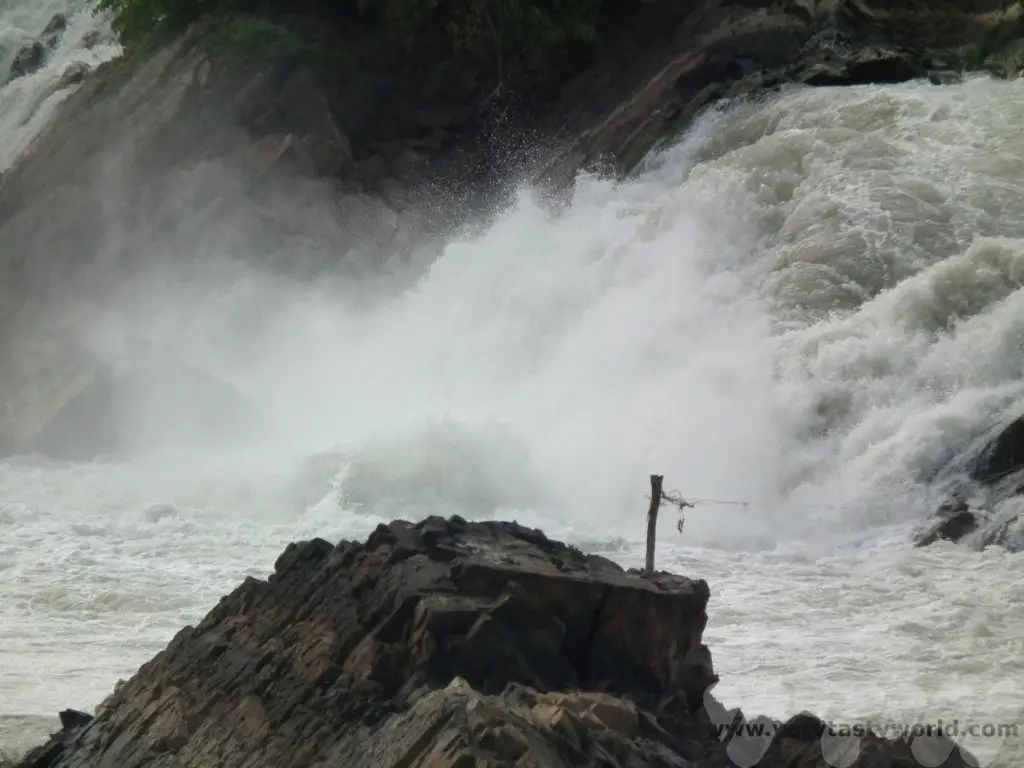
There is a tree – the Manikhoth – which is highly revered by local people. It stood for centuries in the middle of the river, apparently defying the flow and gravity – with roots facing the sky.
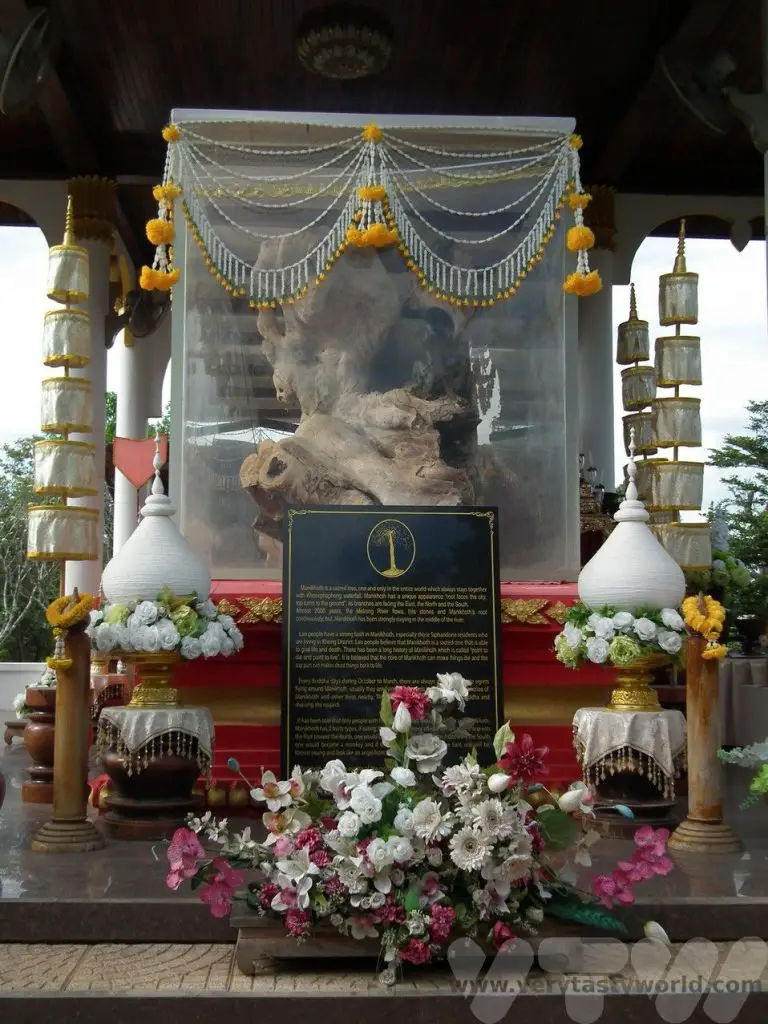
Sadly, it was washed away in 2012 but was later recovered and it now exhibited by the riverbank.
Crossing into Cambodia
Siphandone is very close to the Lao/Cambodian border so we got a lift to the border and walked across into Cambodia. It looks like a thin line on a map but leaving one country and entering another by crossing ‘no man’s land’ is actually a walk of several hundred metres.
A word of warning: We got stung for extra cash by the border guards who issued our visas at the crossing. At the time a Cambodian visa cost $30US but, after the border guard had taken our passports, he demanded $35. We queried this but he was insistent. We didn’t have a signal on our phones to be able to confirm the cost. What were we going to do? He had our passports and we wanted to get into Cambodia. So we paid. Humph.
Chatting with ordinary Cambodian people later in our trip we learned that civil servants were not respected at all… and also understood the reason why they drive around in flashy cars. The guy pocketed $10 in 5 minutes. In Cambodia that’s a lot of money. In future we will check the costs beforehand and produce evidence from the official website. We will be polite but insistent.
Cambodia – Longboat to Stung Treng
Still, all those irritations melted away when we headed to the river again, picked up a long boat just a couple of kilometres from the border and embarked on a delightful journey along the Mekong.
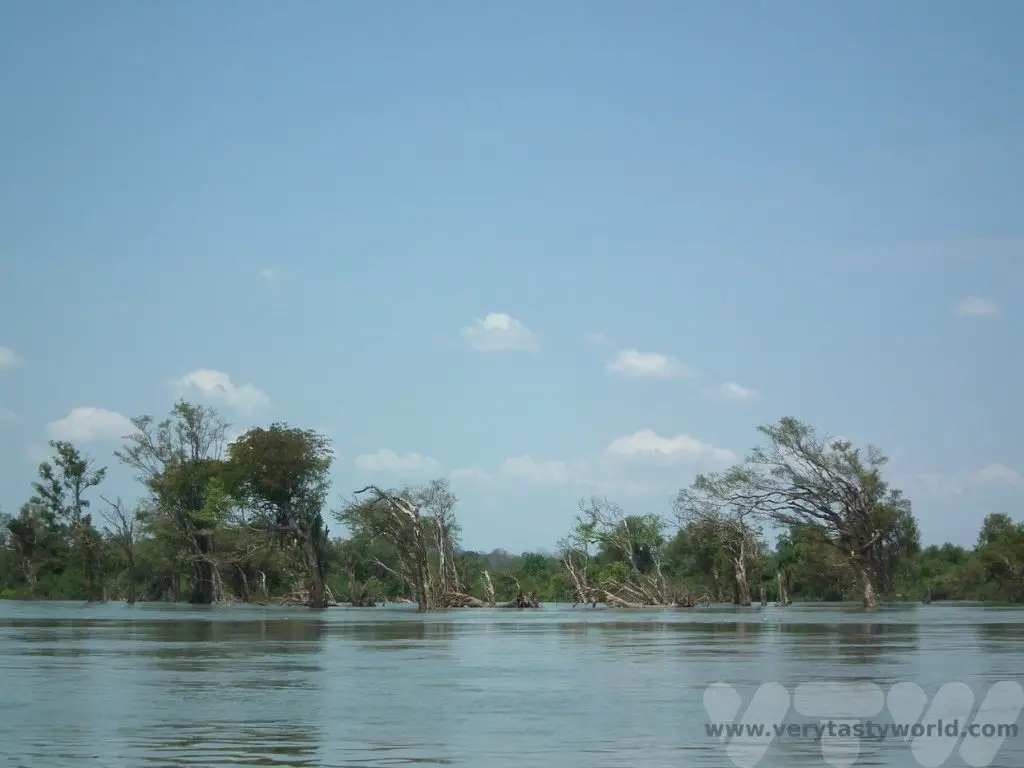
It was a glorious three hours travelling along the most beautiful stretch of pristine river.
You can really understand how the flow of the river Mekong has shaped its environment and the flora that grows alongside it.
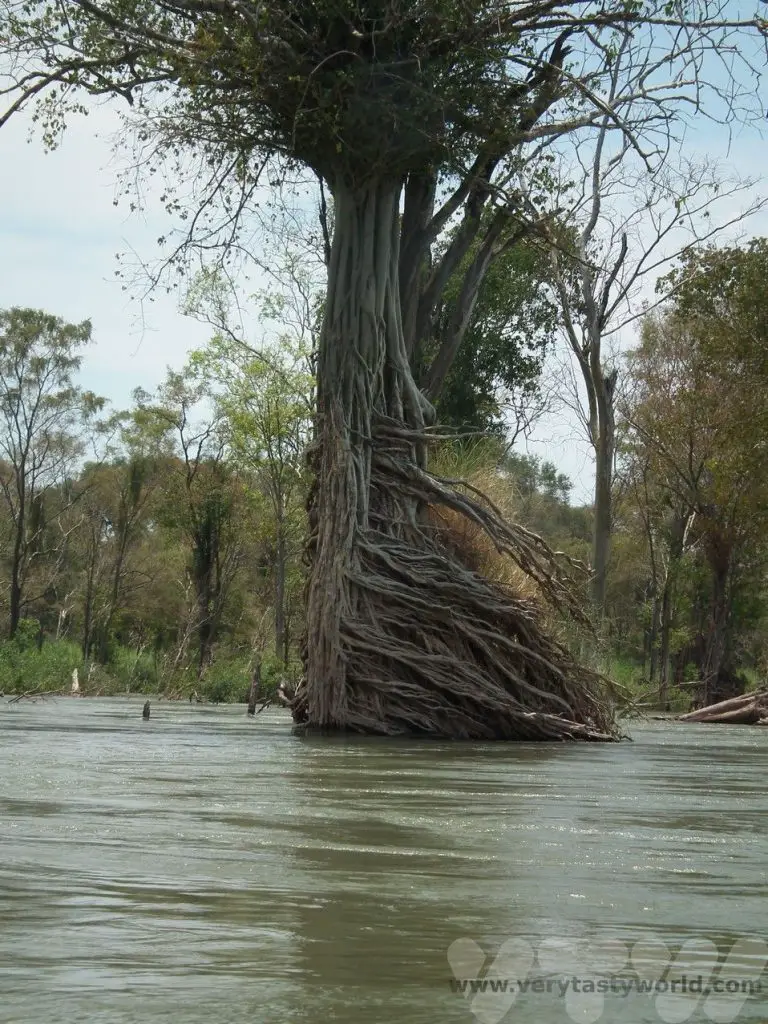
The roots of the trees cannot help but comply with the relentless force of the water’s flow.
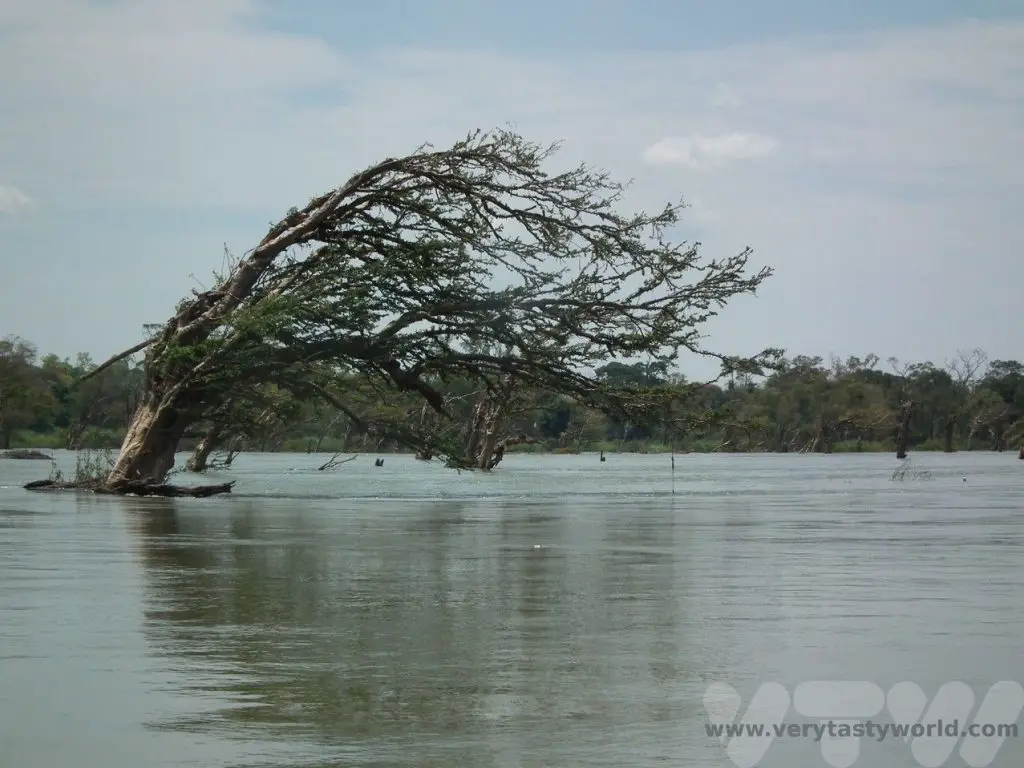
We arrived in the northern Cambodian town of Steung Treng. There’s not a huge amount to see when you get there but the journey was simply sublime. Just out of town we visited a local women’s development centre, an initiative where women and offered the chance to learn how to weave silk. Accommodation is available and there is a primary school where the children can receive an education while their mums are learning new skills. Their beautiful products are available to buy and are both good quality and incredible value. It’s a great opportunity to contribute to the local community.
Cambodia – Kratie
We then made our way by road to Kratie, a much larger town with a very laid-back vibe. It lies right on the Mekong and the river is calm and broad. It has a pod of Irrawaddy dolphins that live nearby and it’s easy to pick up a tuk-tuk to reach their location a few kilometres outside of town and upriver. There are plenty of boats that offer trips to see them.
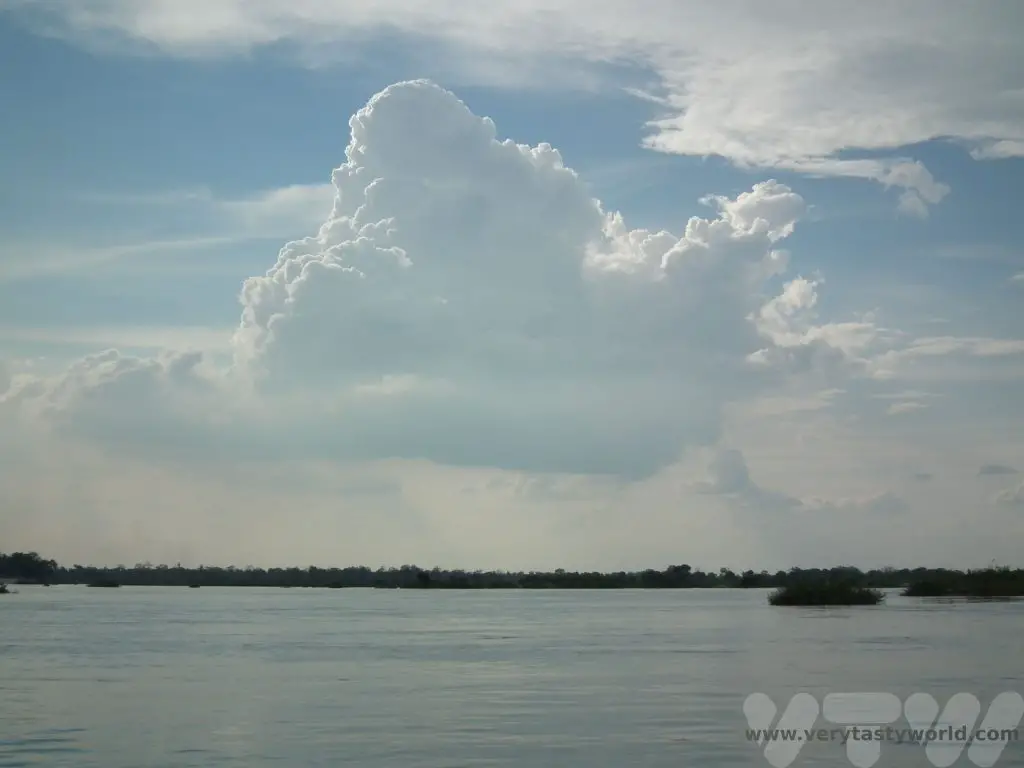
The water is somewhat murky and the dolphins here were also a touch elusive so getting a photo of them as they come up for air was quite tricky. So it was fun to sit back in the boat and enjoy watching them.
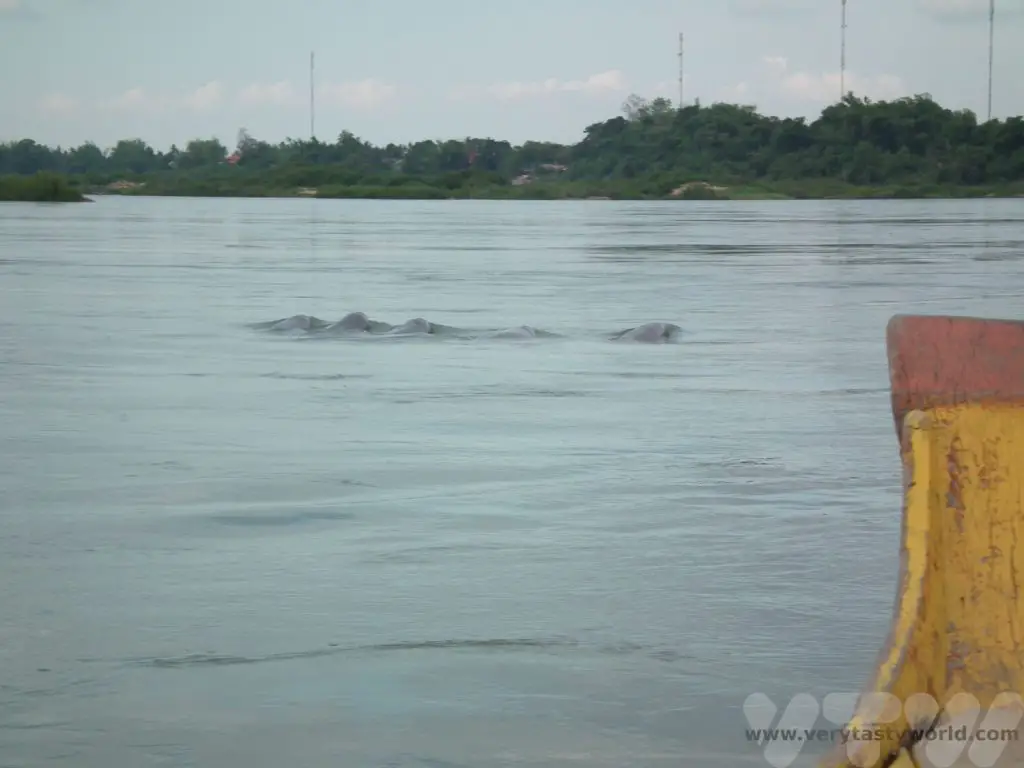
Back in town, Koh Trong island is one of the larger islands on the Mekong. You can pick up a ferry across to the island from the centre of Kratie and it takes a few minutes to make the crossing.
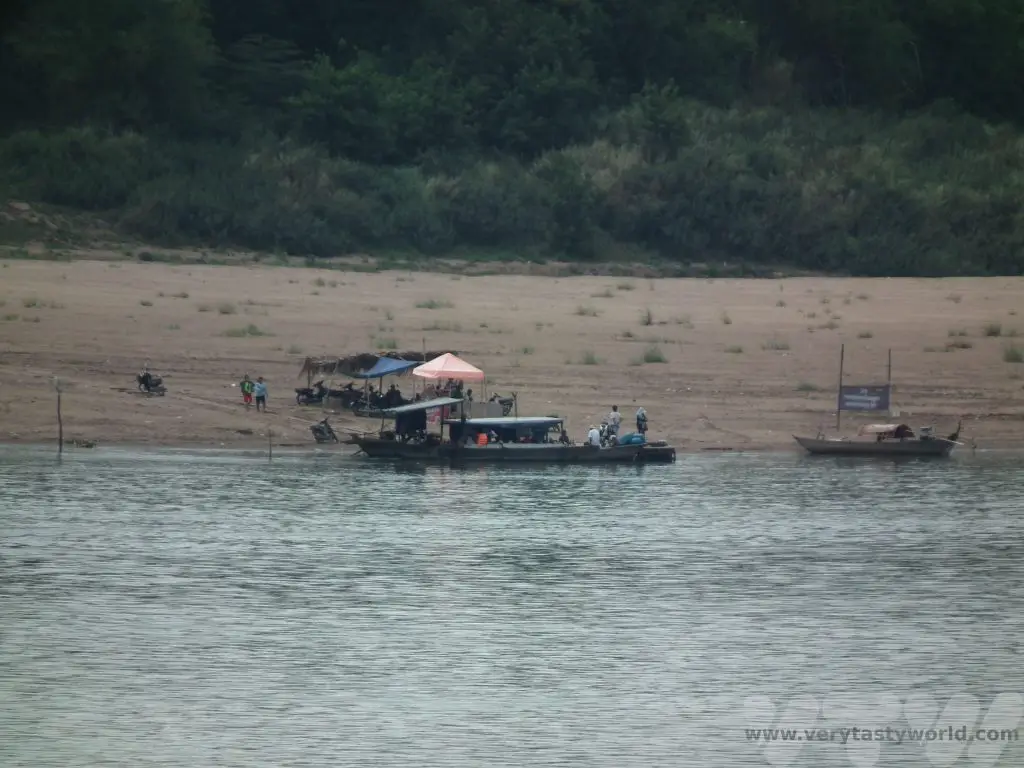
It’s possible to hire a scooter or a bicycle for just a few dollars and circumnavigate the island. It’s a really pleasant way to spend a morning or afternoon. Everyone was very friendly and waved to us as we cycled on the roads.
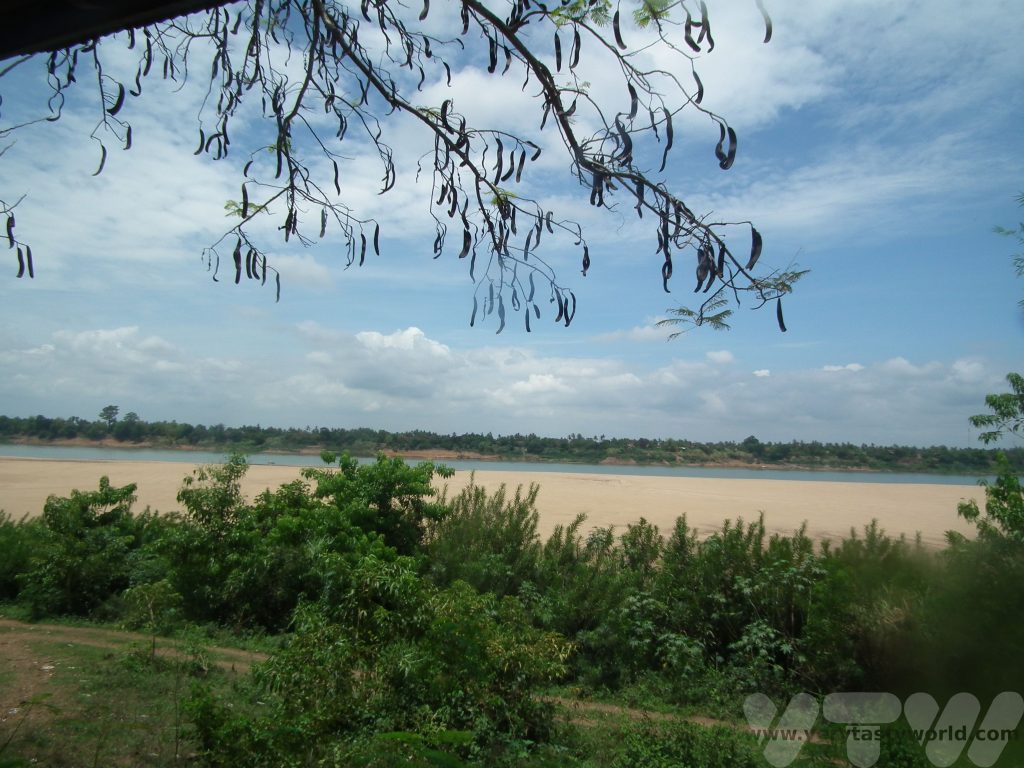
Cambodia – Lake Tonle Sap
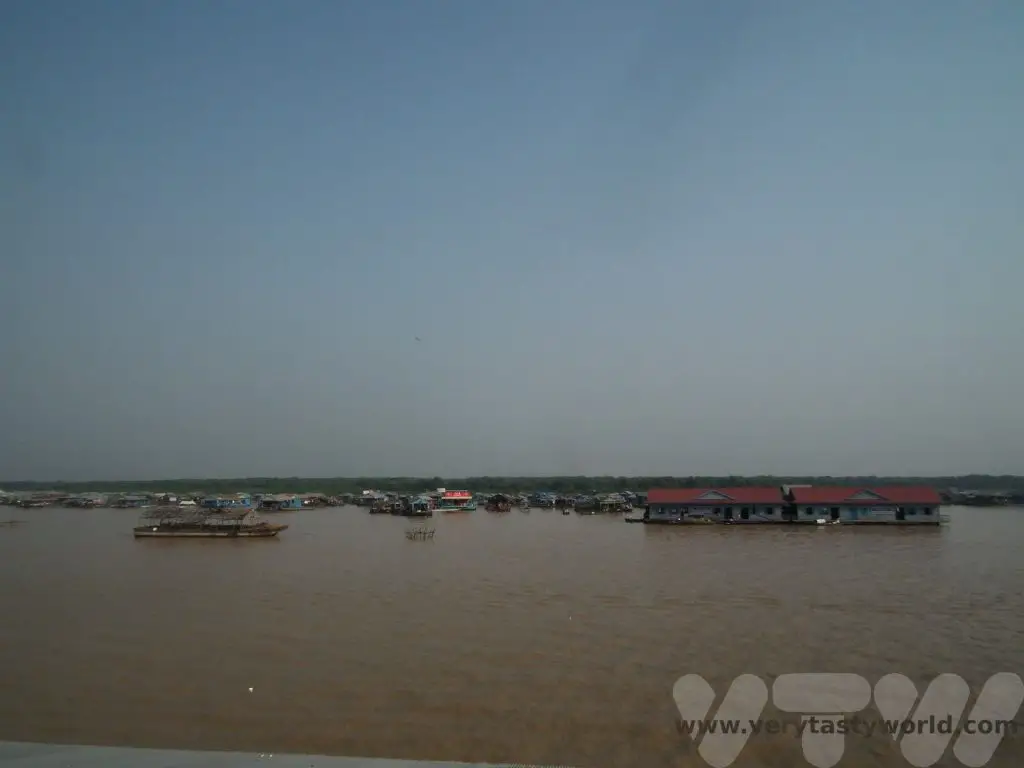
Tonle Sap has fascinating geographical features. It is located within a depression and as such its water levels are highly influenced by the flow of the Mekong; at certain times of the year the lake is fed by the river, at other times the flow reverses and flows into the Mekong along the Tonle Sap river. The river starts flowing into the lake during spring and the volume of water increases due to the monsoon during the rainy season which takes place between May and October. The rains can bring up to 4000mm of water.
The lake reaches its maximum area around November time and the water level will have risen by up to 10 metres. As the monsoon ends, lake Tonle Sap starts draining back into the Mekong via the Tonle Sap river, a journey of 120km. We visited in February when water levels were low – the lake’s depth can be as shallow as one metre – and you can see how the vegetation has adapted to this amazing natural cycle.
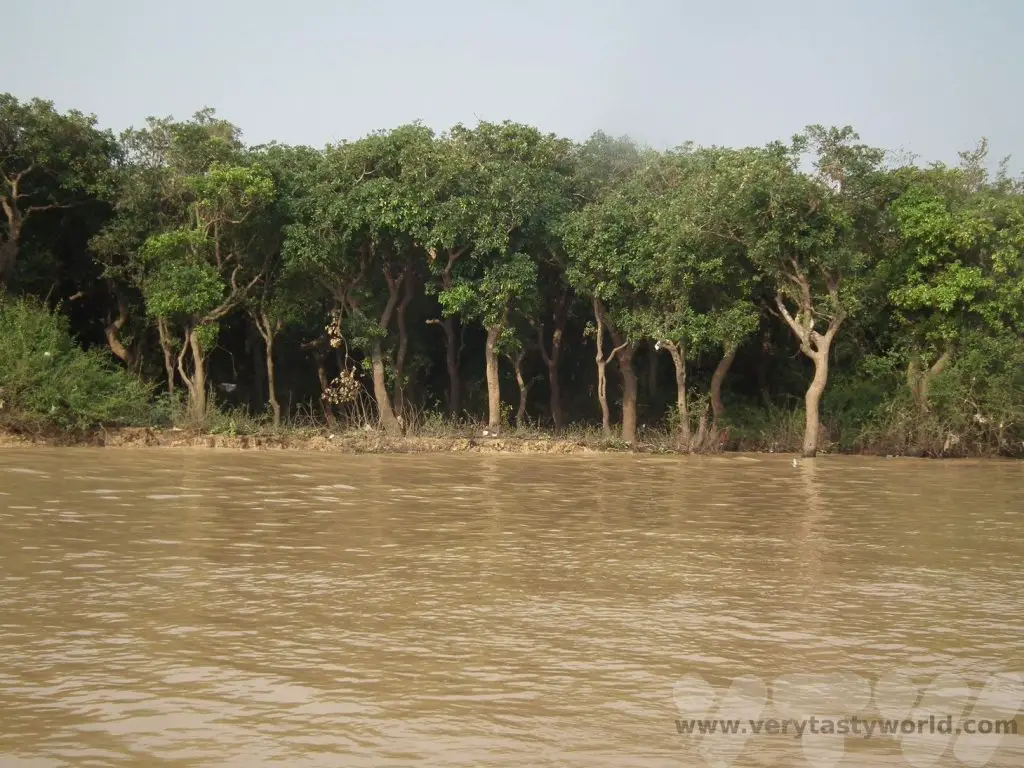
Tonle Sap is around an hour’s drive from Siem Reap and Angkor Wat and it’s possible to enjoy a boat ride to visit some of the floating shops.
Cambodia – Phnom Penh
Cambodia’s capital city is the location of the confluence between the Tonle Sap and Mekong rivers. There is a legend that in the 14th century a widow named Penh discovered a tree which contained four statues of Buddha and one of Vishnu floating down the Tonle Sap river. She asked local villagers to increase the height of a nearby hill and established a temple there. The name Phnom Penh translates as ‘Penh’s hill’.
The centre of the Khmer empire moved to Phnom Penh after Angkor Thom was sacked sometime in the 17th century, although it formally became established as the capital in 1865 by King Norodom. It is a lively city. The river Mekong is broad and serene and there are plenty of walkways along its banks. The royal palace is located by the riverside.
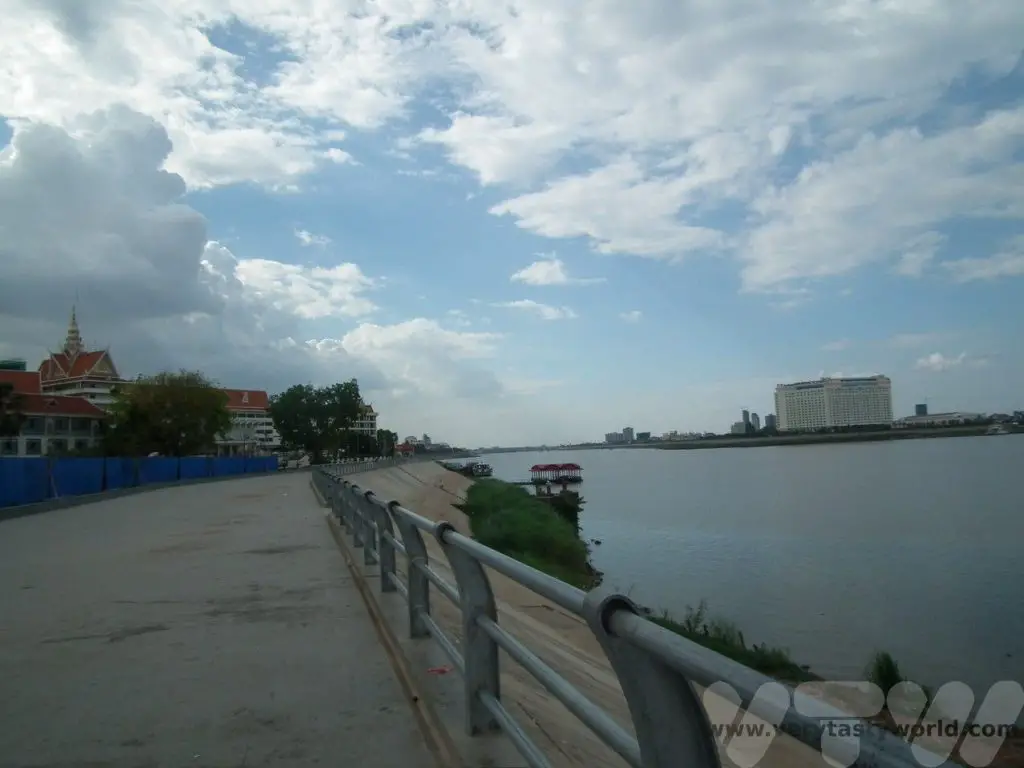
Vietnam – Mekong Delta into the South China Sea
The river then leaves Cambodia and flows into Vietnam. As it approaches the South China Sea it splits into what is known as Cuu Long, which translates as ‘Nine Dragons’, representing each of the channels that the river divides into.
The Mekong delta is vast and covers an area of about 40,5000 square kilometres. It is the rice basket of Vietnam, where two to three yields of rice can be grown each year.
It is possible to enjoy a cruise on the river. There are lots of options from a day trip to overnight stays. The easiest way to reach the Mekong Delta is to get transportation from Ho Chi Minh City – a 3-4 hour drive.
We enjoyed a leisurely two day cruise traditional style Bassac boat along the Sông Hậu branch of the river from Cần Thơ to Cái Bè.
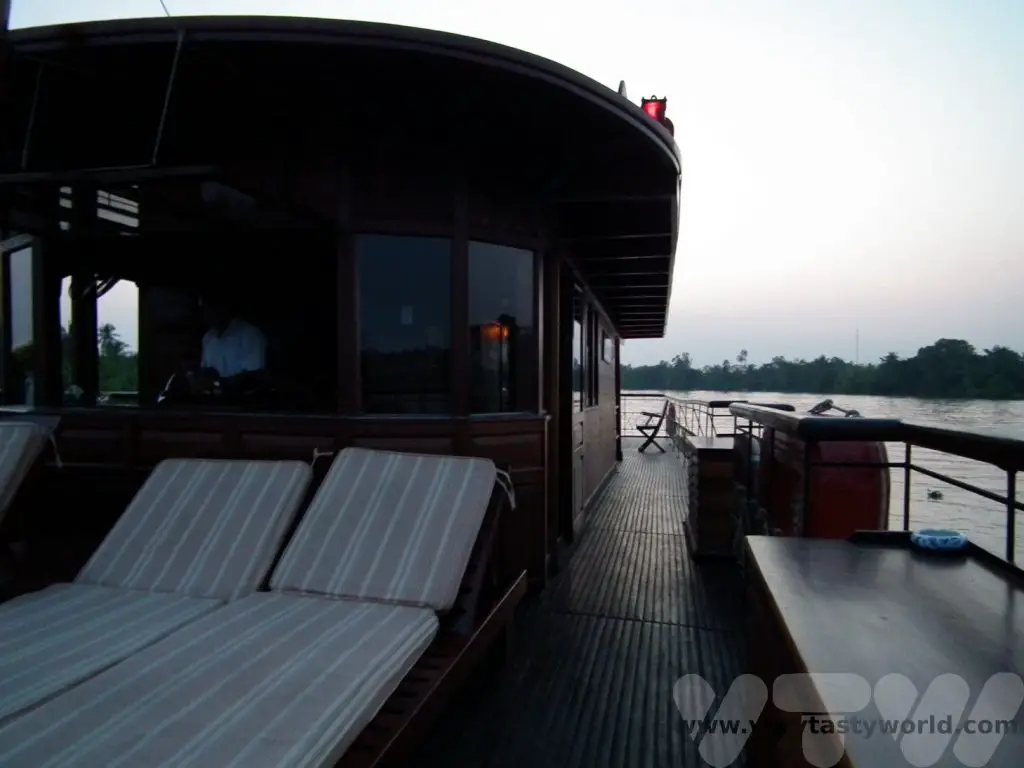
It’s a lovely way of seeing the river and many boat trips offer land excursions where it’s possible to visit local villages which grow rice and fruit.
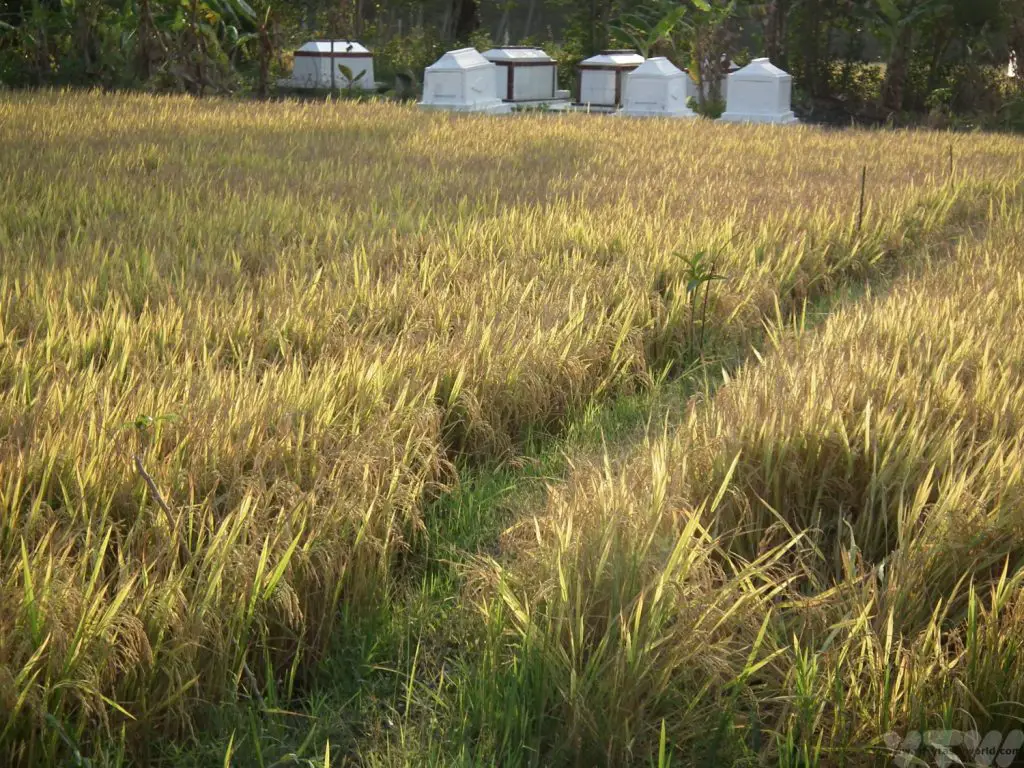
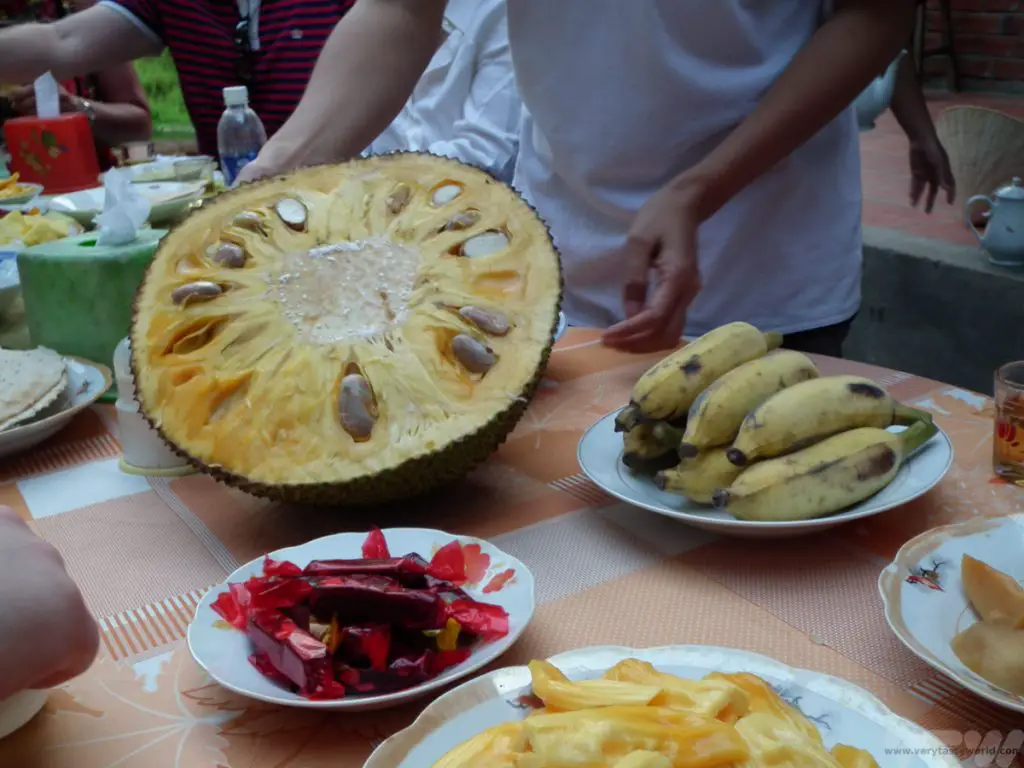
There are also onshore factories which manufacture sweets such as coconut candy, and rice paper.
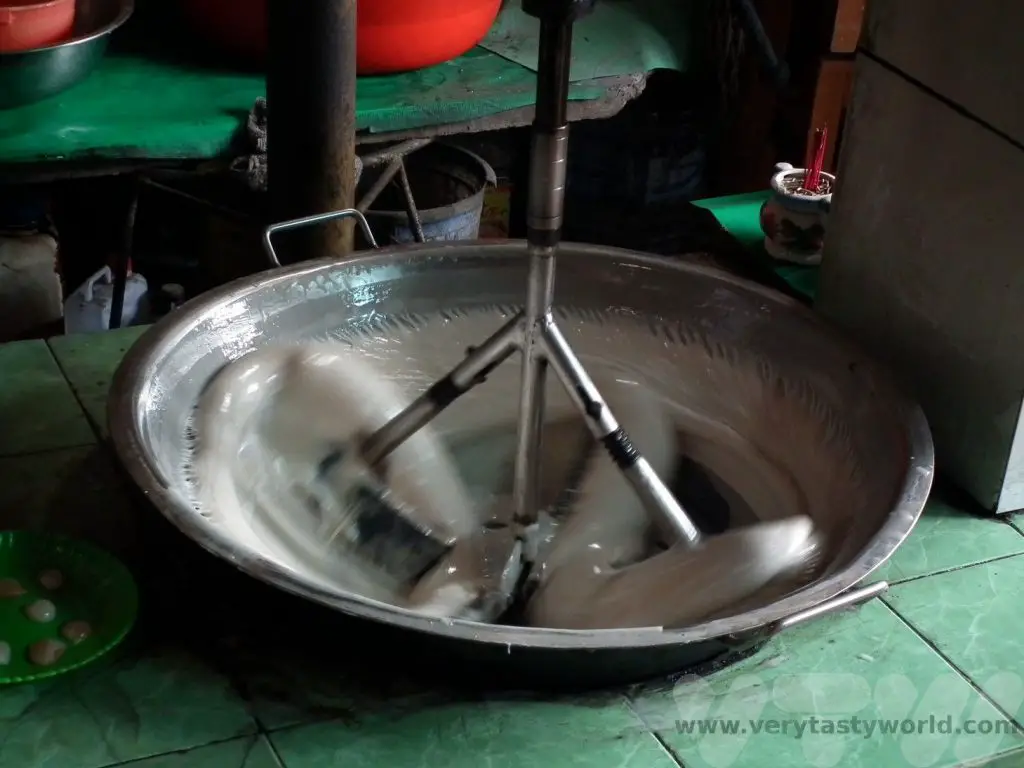
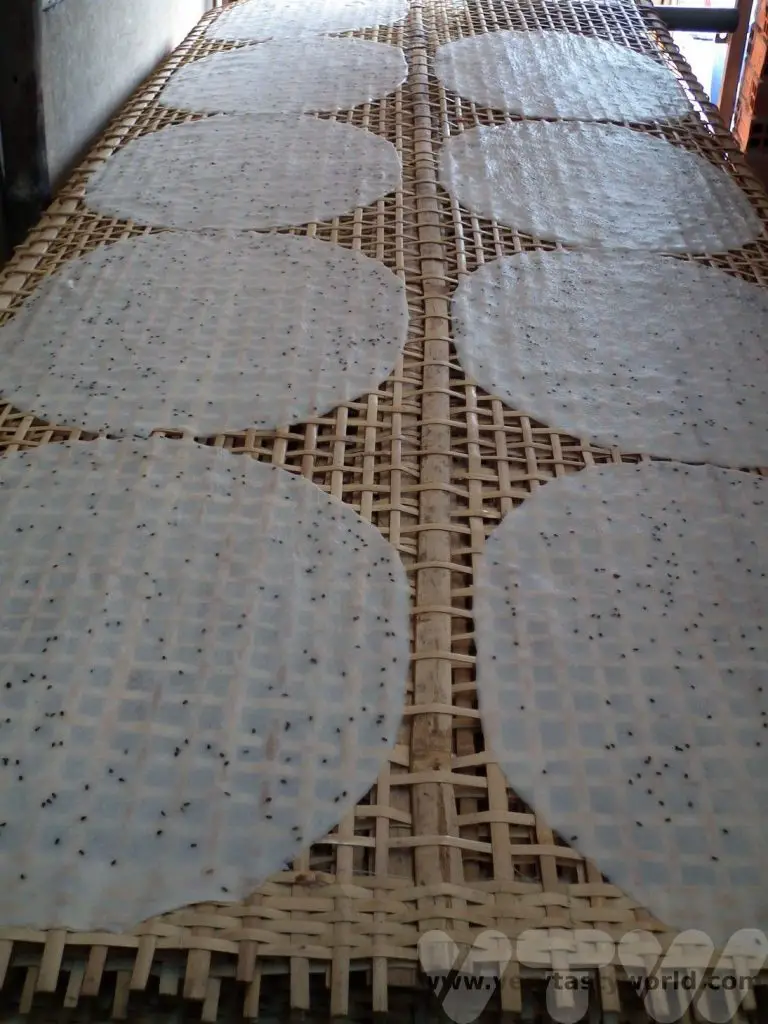
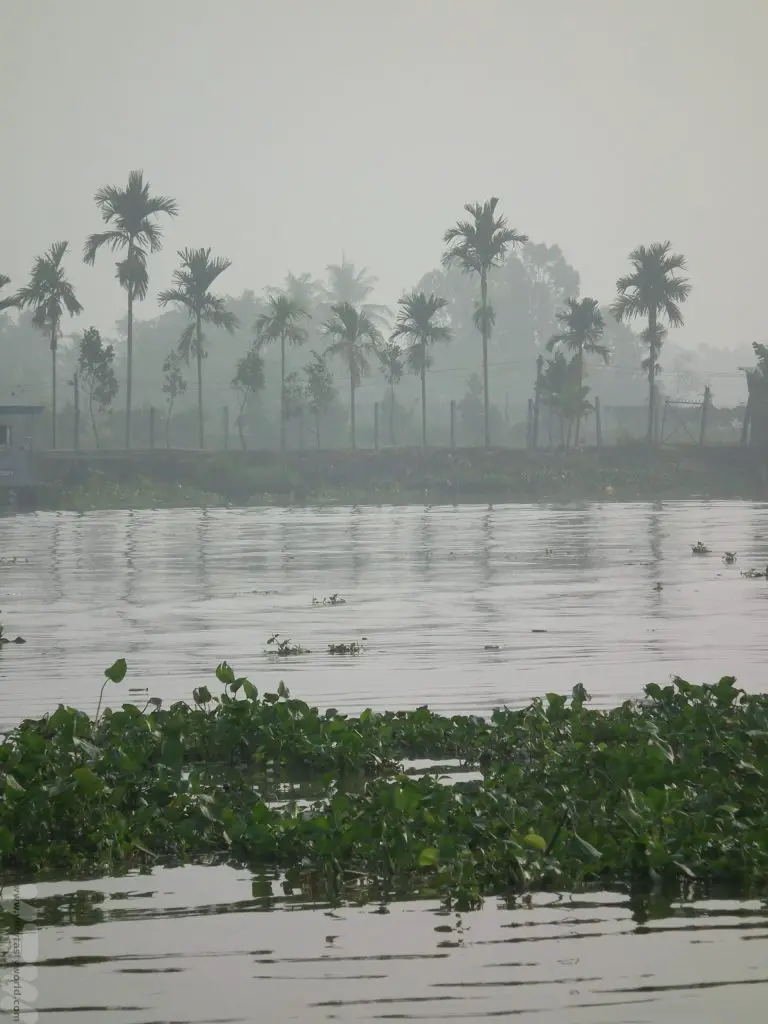
While we didn’t follow the river all the way from Lao to the South China Sea, the Mekong has meandered its way through many of our travels throughout South East Asia. It has provided diverse points of interest from the beautiful landscapes it has shaped, the wildlife that live in and around it, and the bountiful food it supplies. It is clear to see how much it has influenced the lives and livelihoods of the people who live on and around it.
Related Posts You May Enjoy

- World’s Best Breakfasts -Breakfast of Champions!
- A One Day Hanoi Itinerary
- Mekong Meanderings
- A Chiang Rai Temple and A Country Retreat
- A Chiang Mai Tour in Northern Thailand
- Sunrise at Angkor Wat & Other Temples To Explore

- Kobe Beef in Kobe – Is It Worth It?

- World’s Best Breakfasts -Breakfast of Champions!
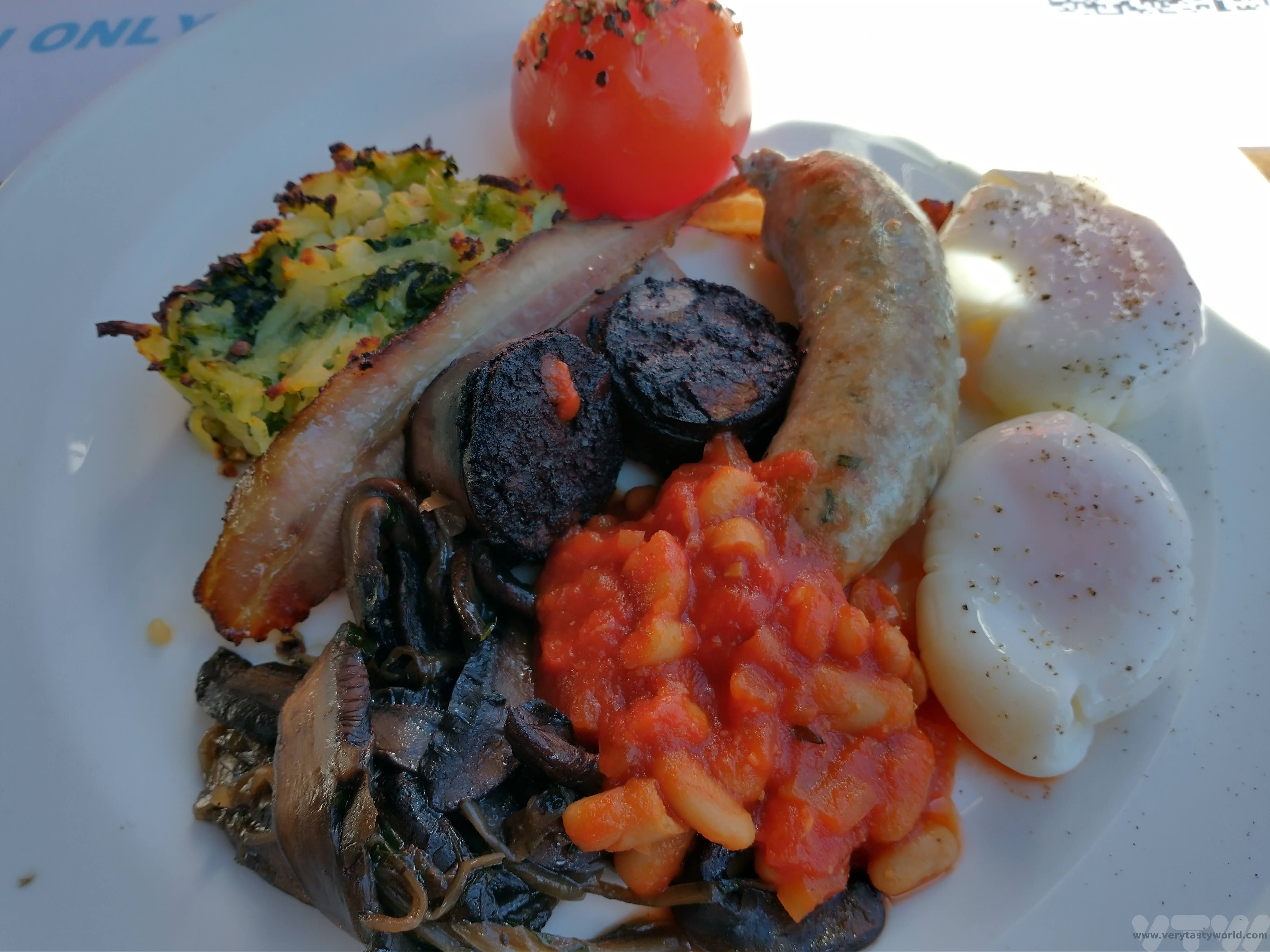
- Recipe: Simmered Shiitake Mushrooms
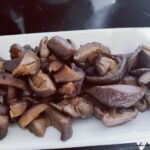
- How to Use Public Transport in Japan
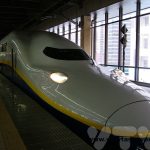
- RECIPE Oyakodon Donburi

- Planning a Trip to Japan
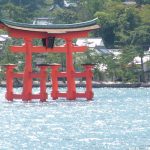
- The Makanai: Cooking for the Maiko House
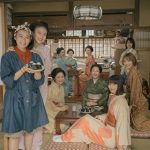
- Setsubun Food – Bean Throwing Day
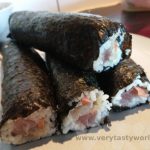
- The Gassho Farmhouses of Rural Japan
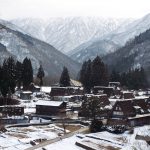
RECIPE: How To Make Larb – Laos Meat Salad
Lao larb, also known as moo larb, is the perfect dish for a hot summer’s day. It’s incredibly easy to make and really refreshing. It hails from South East Asia; we first tried it in Laos, where Laos meat salad holds the status of national dish, but we have also eaten it in Thailand, and quickly became hooked. Even better, all the ingredients are really easy to find in our home country. There’s a tiny bit of preparation needed prior to assembling the dish, so worth thinking about making it ahead of time. The following recipe will feed four as a starter or two hungry people.
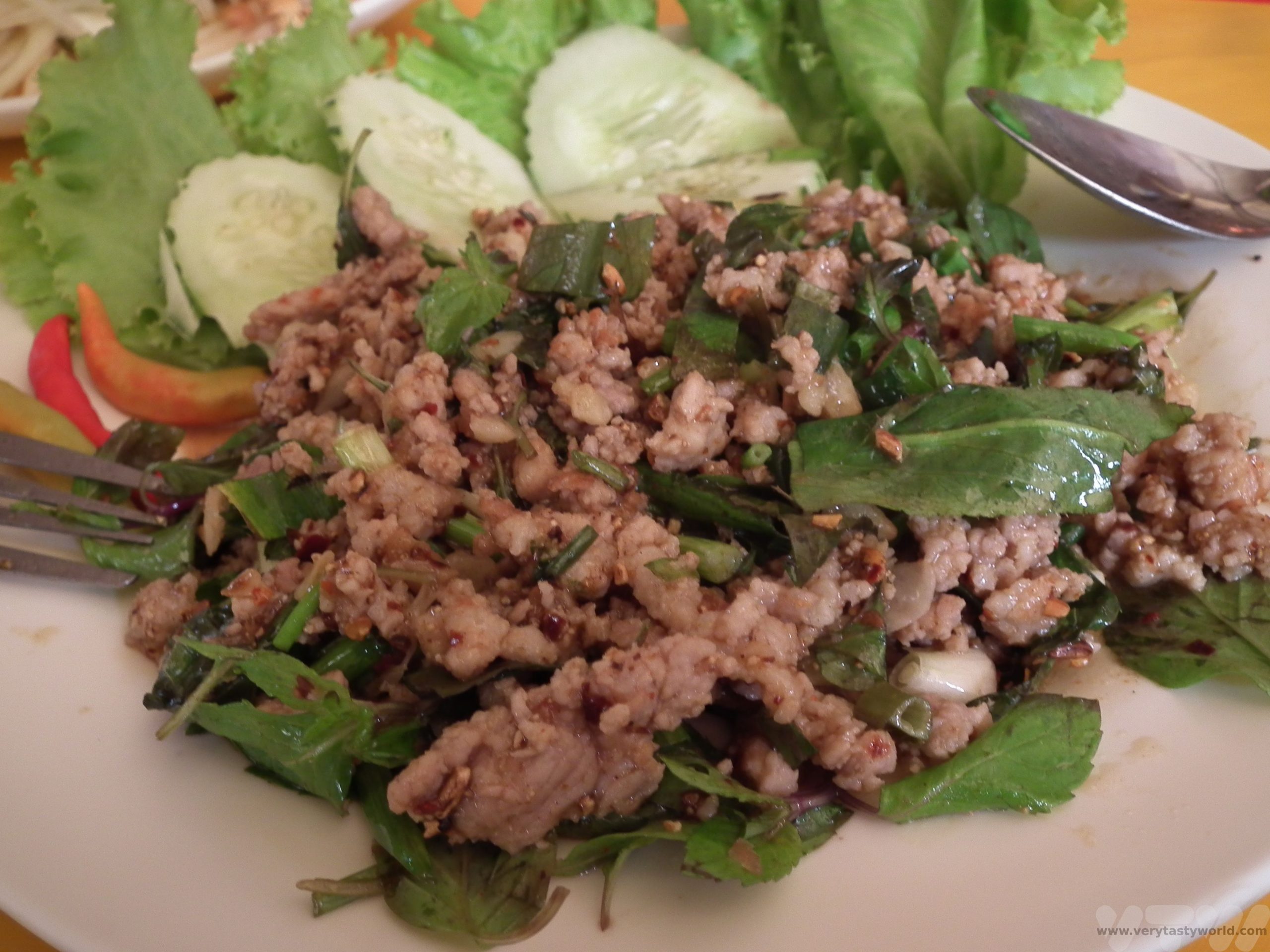
INGREDIENTS FOR LAOS MEAT SALAD
300g pork mince. (The ‘moo’ of moo larb is pork.) Chicken mince also works really well and quorn mince or mushrooms can provides a vegetarian alternative. Lamb isn’t recommended as it’s quite fatty and the fat tends to congeal a little when it cools, which doesn’t provide a very nice texture.
1 large red onion (or 2 small)
Generous handful of fresh mint
Generous handful of fresh coriander
Freshly milled black pepper
1 or 2 juicy limes
Generous splash of fish sauce (vegetarians can use veggie fish sauce or a combination of soy sauce with a dash of vinegar) – around half a tablespoon
Optional: chilli flakes, toasted rice, teaspoon of sugar, Thai basil leaves for garnish
METHOD
You need to allow enough time for the mince to cook and cool before assembling the dish. It’s the perfect ‘make in advance’ dish.
Cook the mince. Pour a little oil into a pan and fry until the meat is cooked through. Allow it to cool.
Finely chop the onion, coriander and mint and add to the mince.
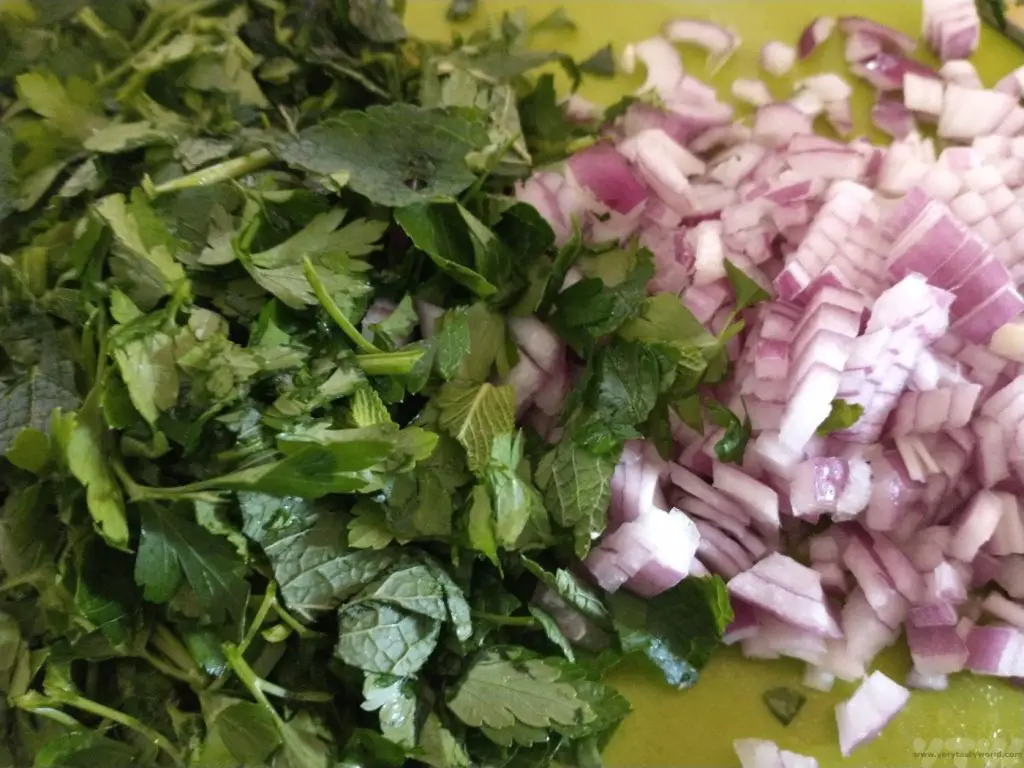
Add the fish sauce, lime juice and black pepper to taste. We really like coarsely ground black pepper so grind ours in a pestle and mortar. This is really where you can adapt the flavour to your personal taste.
Mix well. It’s fine to make in advance and let the flavours infuse.
Serve with steamed rice and a salad garnish.
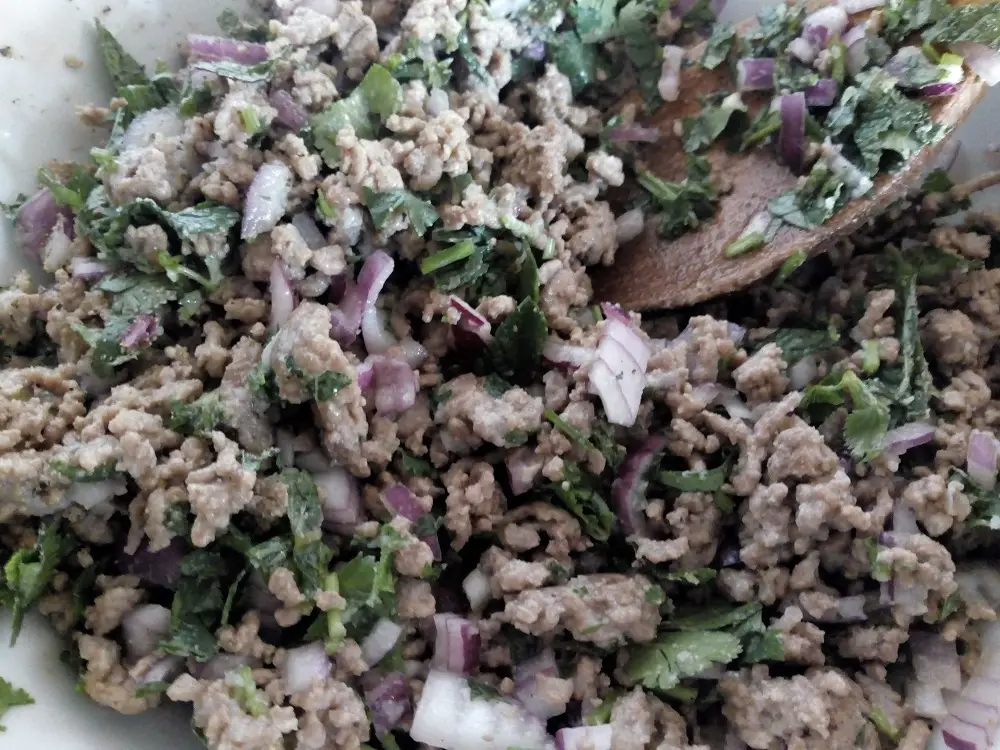
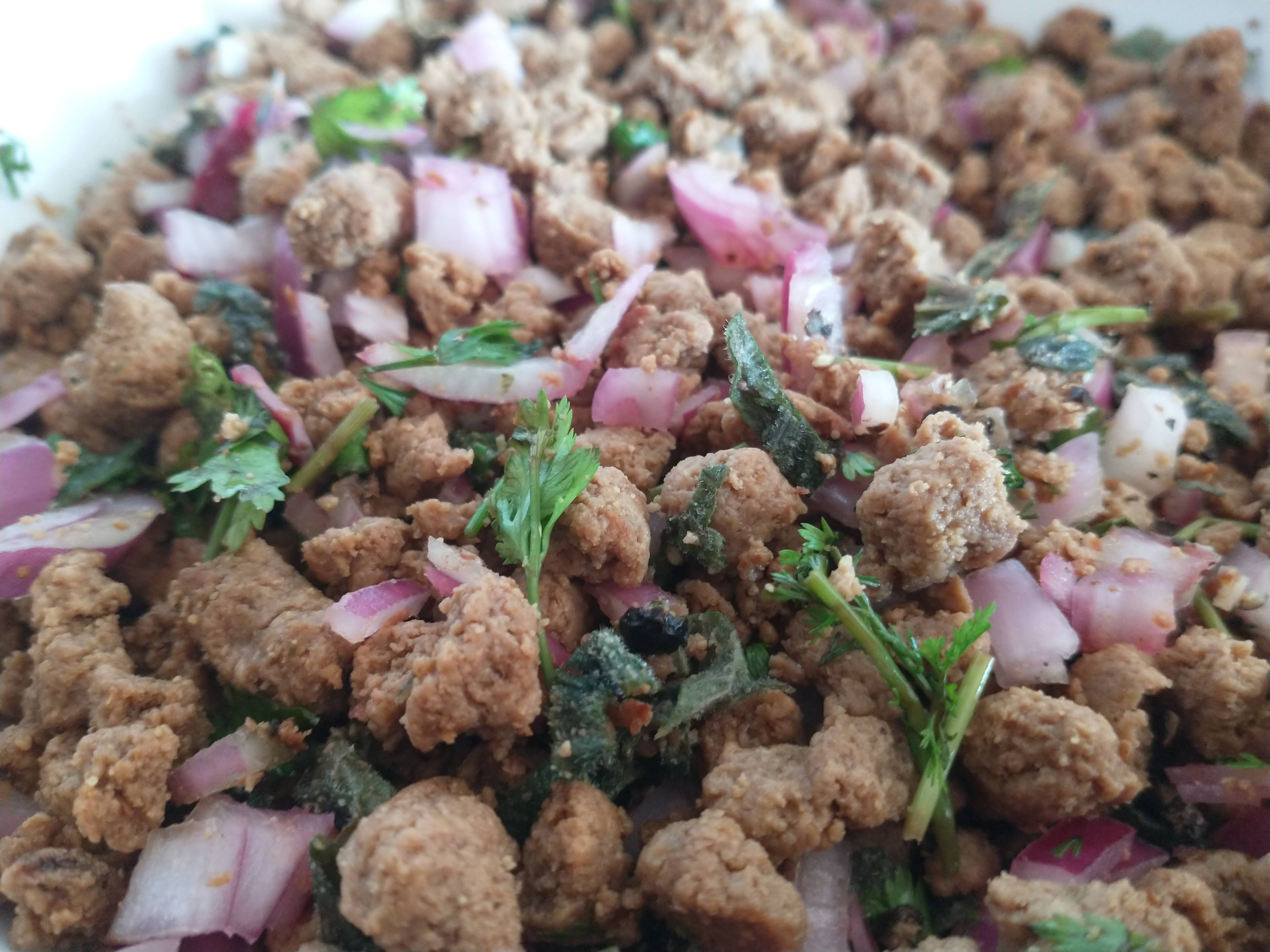
VARIATIONS
One of the lovely things about this dish is that you really can adjust it to your taste. There are some variations. If you like heat, add chilli flakes (flakes are better than fresh chilli). This was one of the dishes we tasted in Lao that wasn’t searingly hot, the spice coming from the pepper rather than chilli, but it’s fine to add more heat if you like it. If you’d like to add some sweetness, sprinkle in a little sugar and mix in.
There is also an important and popular variation where you can add roasted ground rice powder for an additional nutty complexity to the flavour and texture. It’s very simple: place a handful of uncooked Thai rice in a dry frying pan and roast the rice for 10 minutes or so, moving about in the pan until the rice is brown. Then transfer to a pestle and mortar or a spice grinder and grind to a powder.
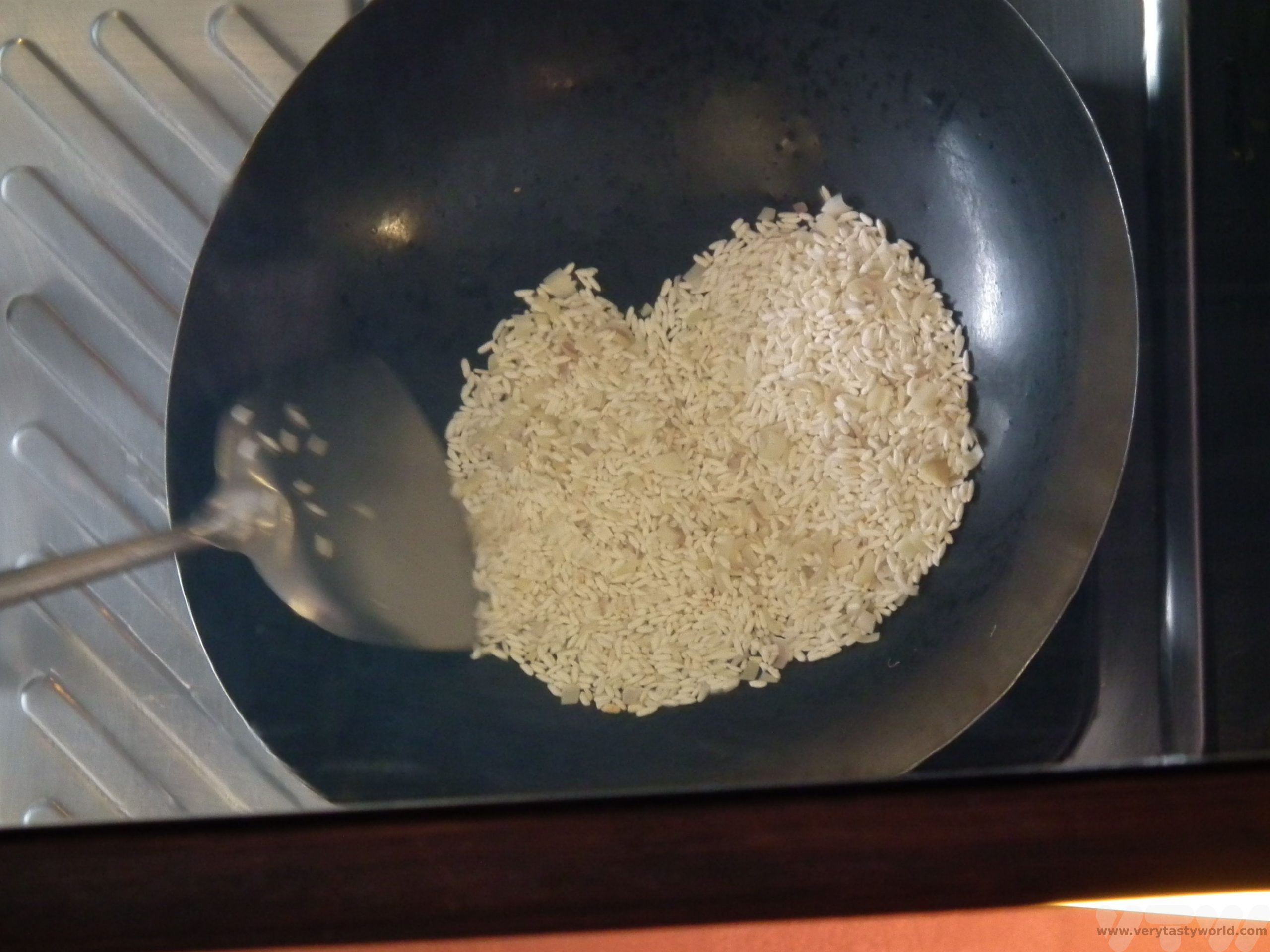
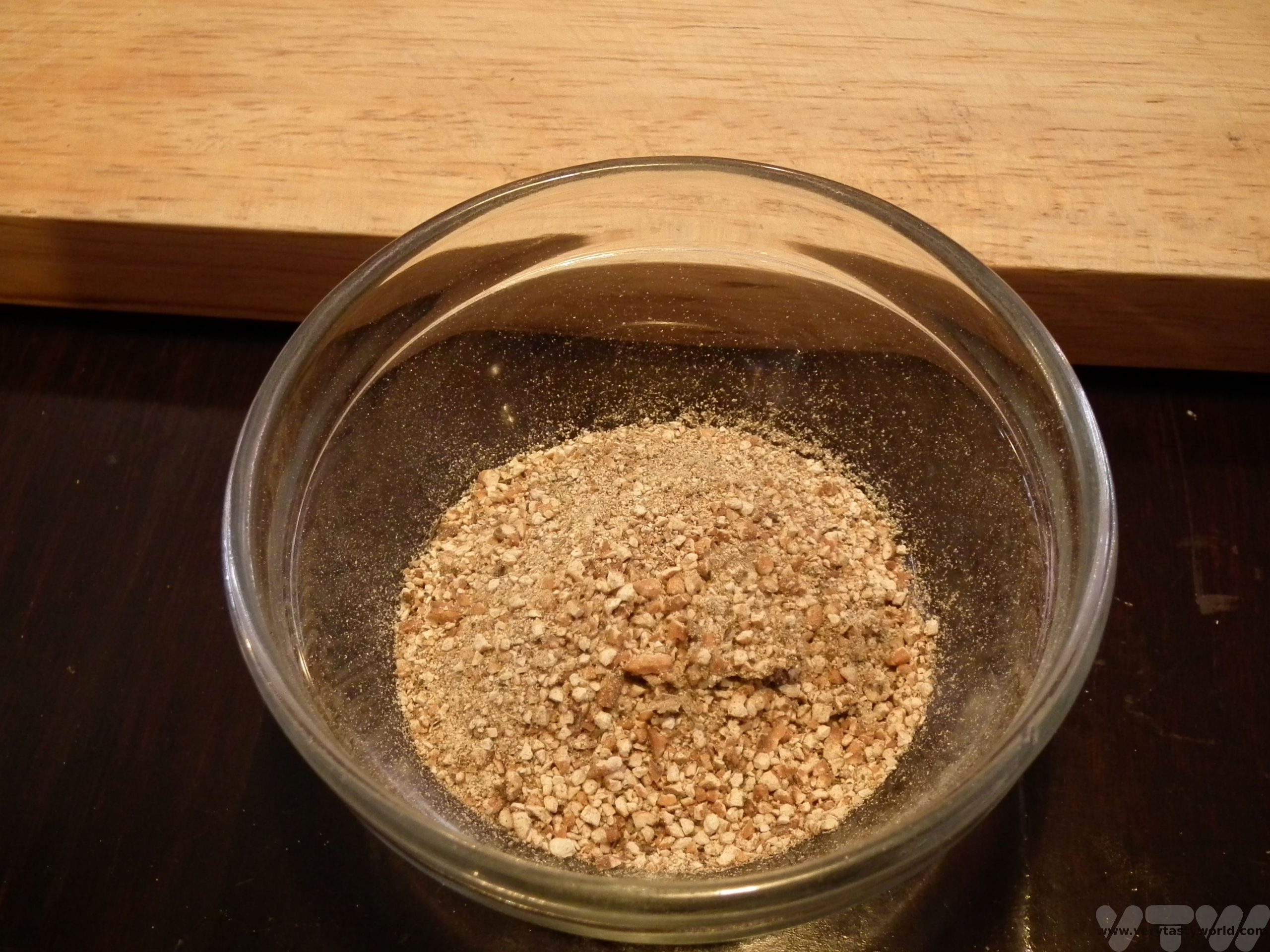
(You can actually toast more rice to make a greater quantity of this powder; it will keep for a couple of months in an airtight container.)

- RECIPE: How To Make Elderflower Champagne
- RECIPE Oyakodon Donburi
- Zero Waste Recipes Before Your Holiday
- RECIPE: Vegetable Biryani Tamil Nadu Style
- RECIPE: Vegan Wild Garlic Pesto
- Recipe: Venetian Pasta Sauce
- RECIPE: Biryani Raita Recipe
- RECIPE: How to Make Costa Rica’s Gallo Pinto
- Recipe: Japanese Simmered Pork Belly – Buta no Kakuni
Luang Prabang Lao PDR (Please Don’t Rush)
There’s a general assumption that the cuisines of many countries in South East Asia – Thailand, Lao, Cambodia and Vietnam – are pretty much the same but that would be doing them a great disservice. While they may share many ingredients and seasonings, each cuisine is different and it is a joy to be able to discover the nuances of the foods from each country. Lao, for example, being landlocked, relies on the river for its piscine bounties rather than the sea. Hence most of the fish served will be river fish. River weed, dried in in the sun and flavoured with seasonings, makes for a tasty snack. Luang Prabang, Lao’s former capital, located in the north of the country, lies on the Mekong river at its confluence with the Nam Khan.
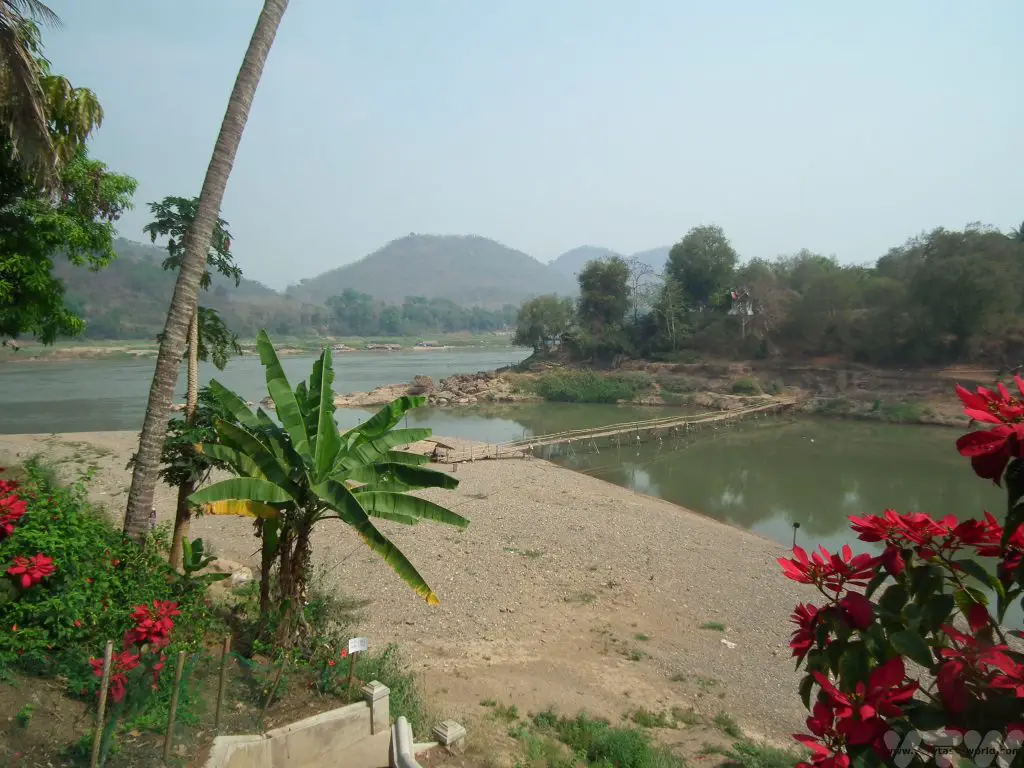
It’s a lovely, laid back town with plenty of temples and palaces to explore, which are largely within easy walking distance.
Wat Xieng Thong is the best known of the temples, located a short walk from the confluence. The main Wat has an intricate design and a beautiful tree of life mural.
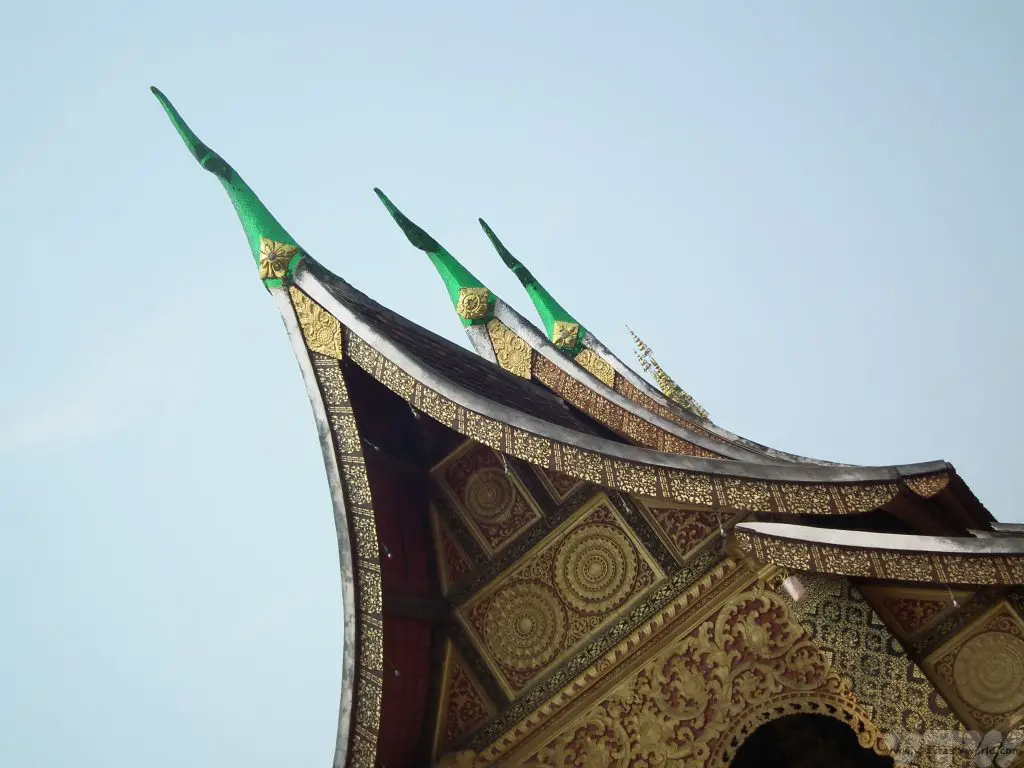
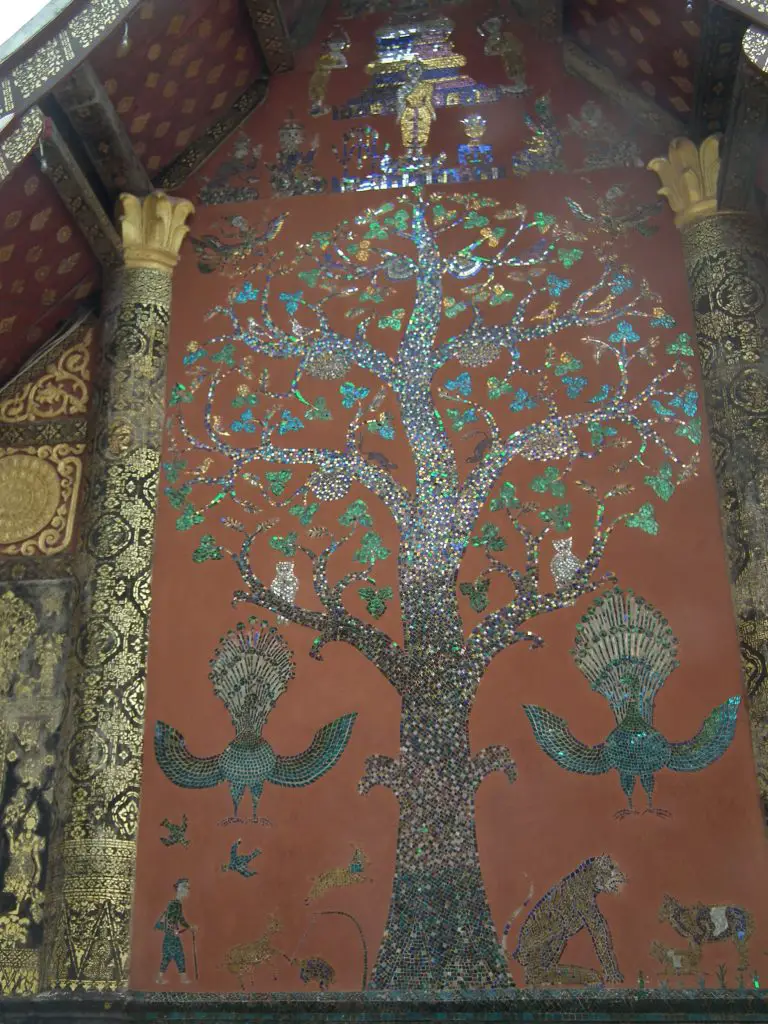
The Royal Palace was built in 1904 when Lao was under French occupation. The monarchy was overthrown by the communists in 1975 and the building converted into a museum.

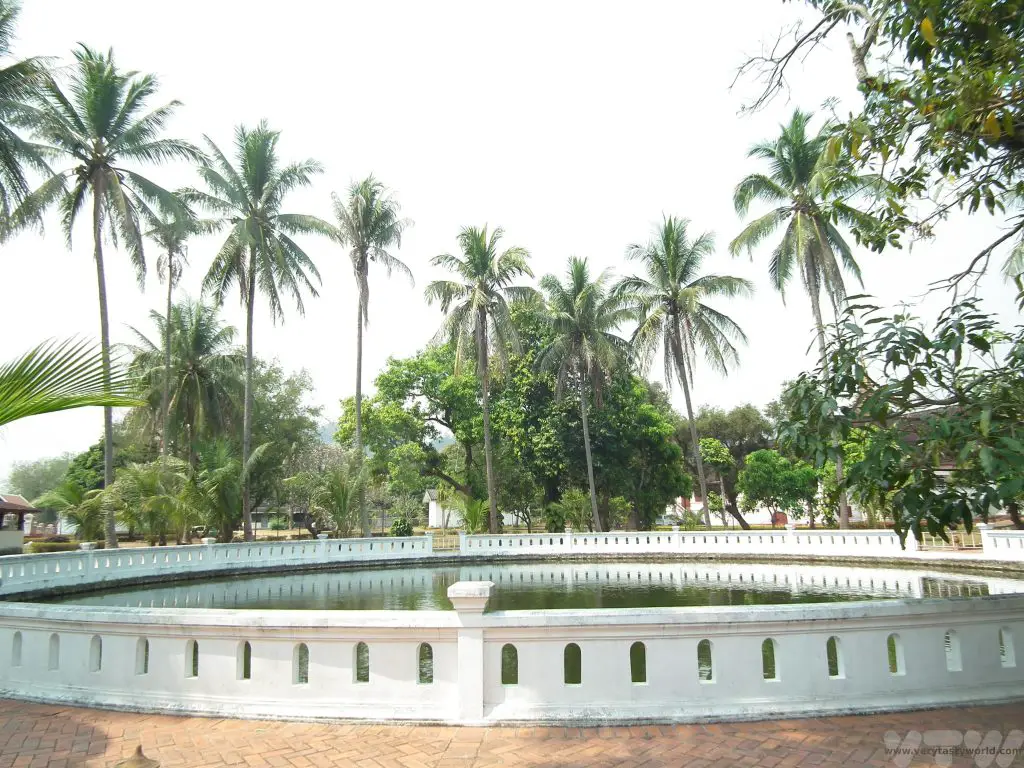
Crossing the Mekong and following a short hike up a hill you can reach the small temple of Wat Chomphet with its old stupa and Wat Long Khone. It’s more peaceful and less touristy on this side of the river.
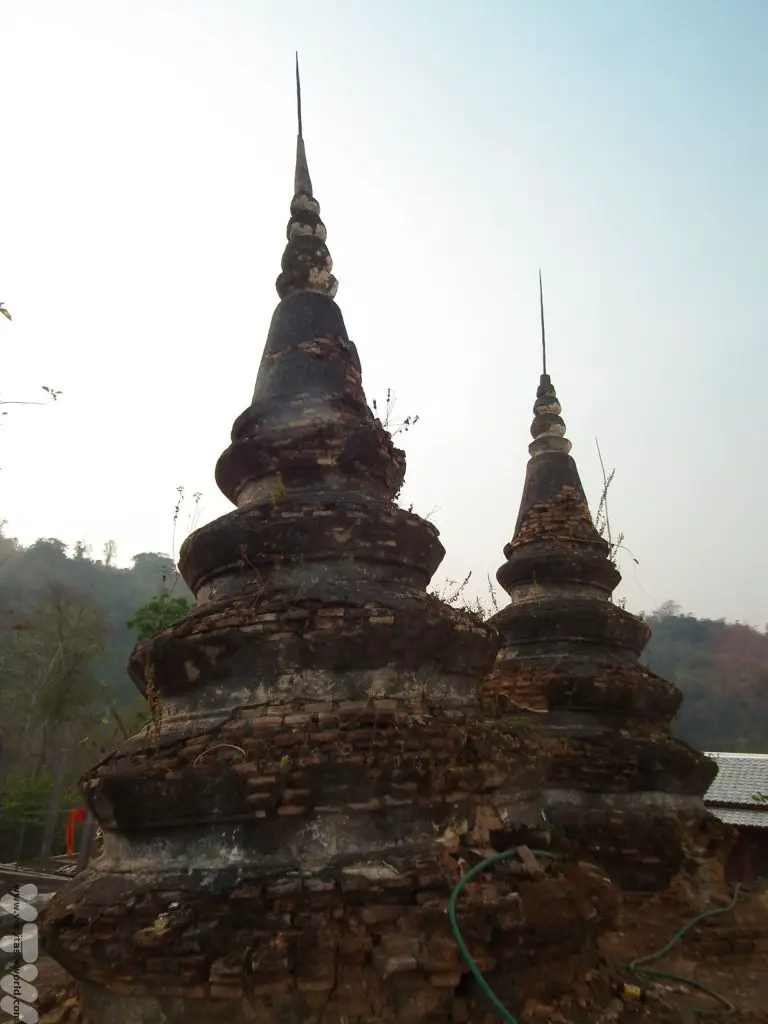
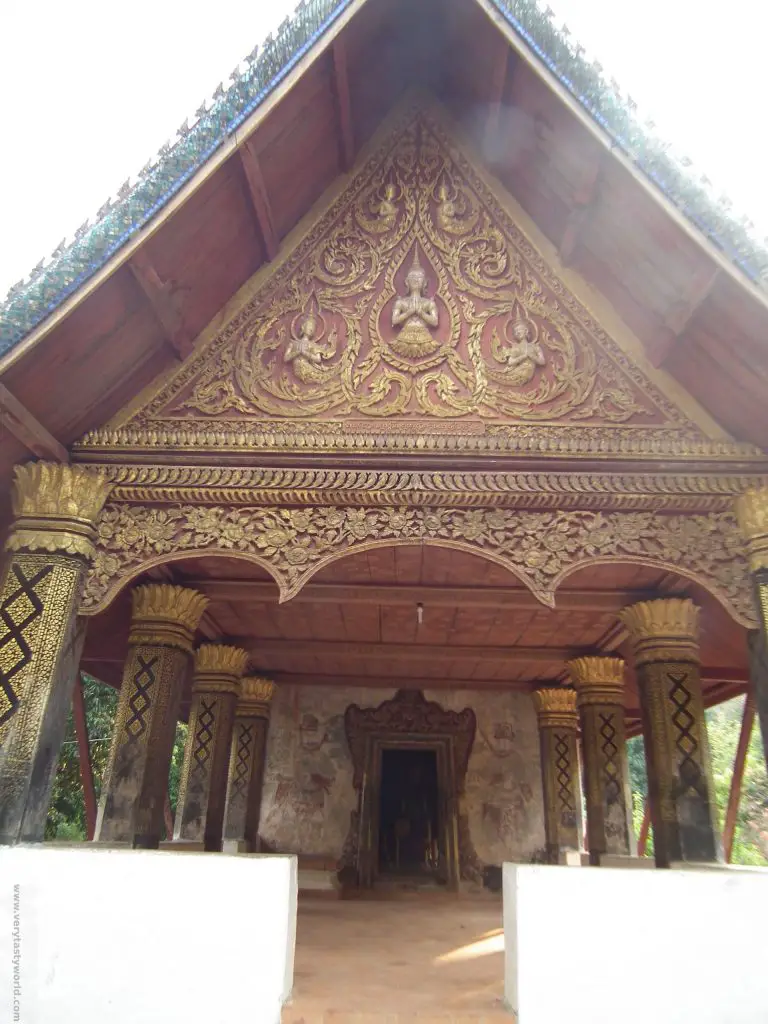
It’s also possible to hire a longboat and drift downriver at sunset, cool glass of beer in hand, enjoying the colours of the evening.
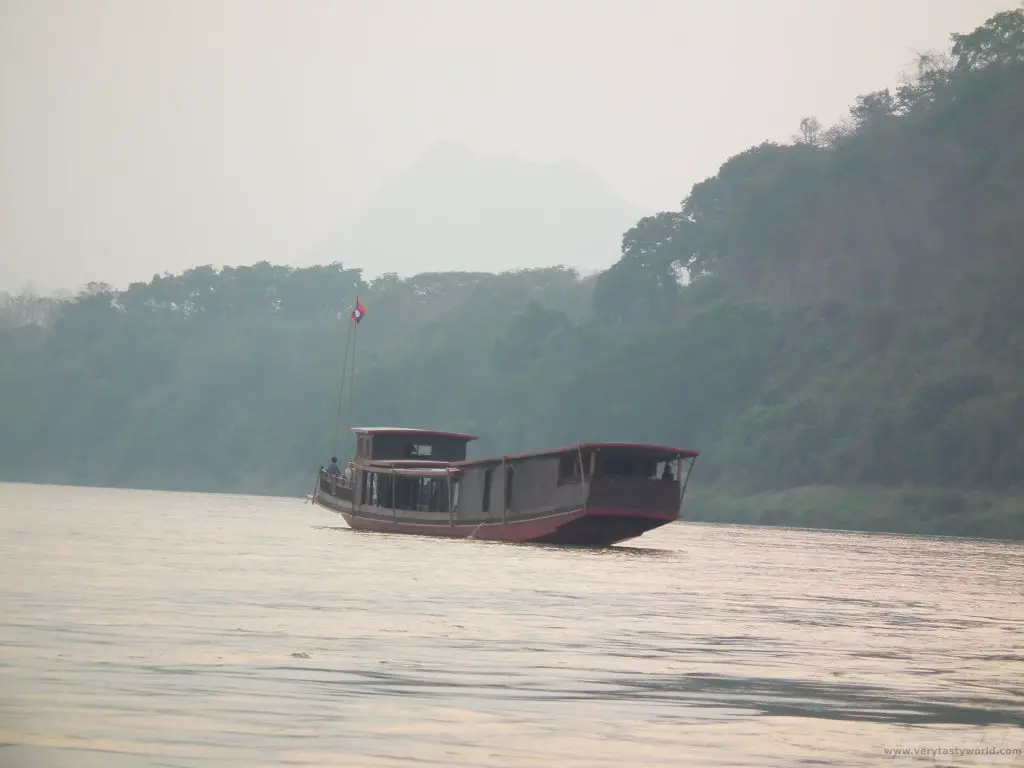

Lao’s formal name is Lao PDR – People’s Democratic Republic. Informally, locals will let you know that PDR stands for Please Don’t Rush – a wise philosophy which also means that you shouldn’t worry if service at restaurants is slow. (Actually, we didn’t notice particularly slow service anywhere we went.) But it’s a good reminder to relax and enjoy your time in this friendly country.
Luang Prabang Lao has a number of bars and restaurants which range from cheap eats to higher end offerings. Utopia is a short walk away from the town, set atop a cliff which overlooks the river. It’s a very laid-back place with a cool vibe and is located in a quirky garden setting.
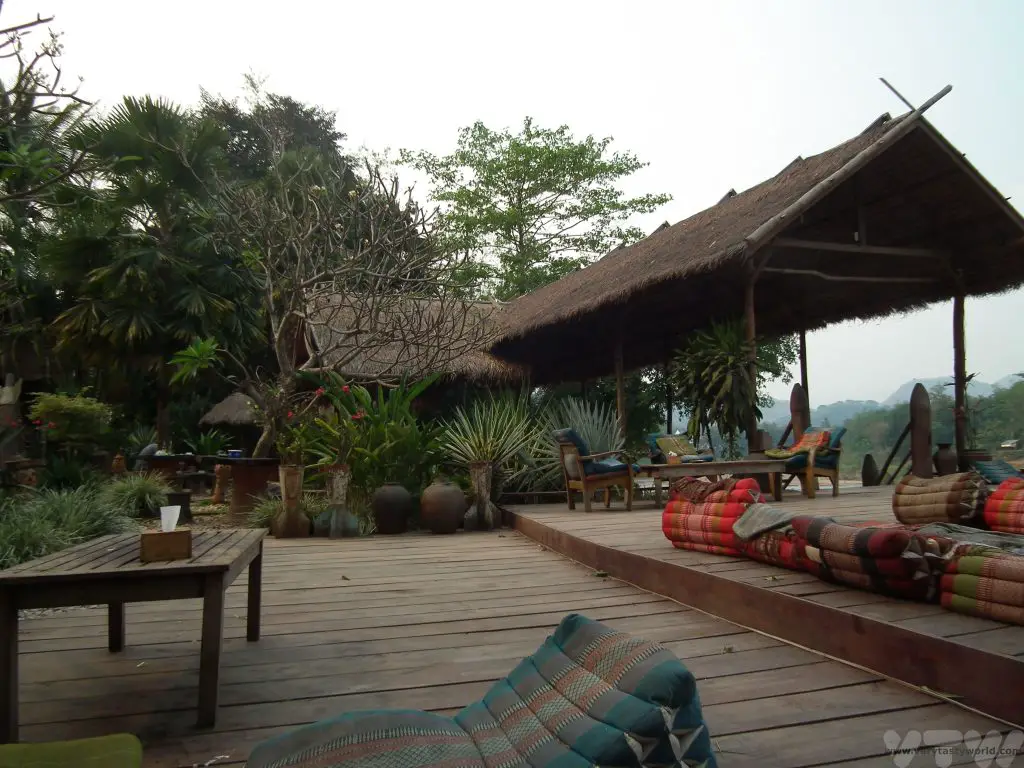
There is a sorrowful side to the garden design though. Many of the flower pots are actually bomb shells from the time of the Vietnam War when, over the course of nine years, the US dropped roughly two million tonnes of bombs on Lao in a secret attempt to support the royal Lao government against the communists led by Pathet Lao, as well as impact the Ho Chi Minh trail. The country remains the most bombed per head of the population in history. Worse still, a significant amount of the ordnance – about a third of the devices dropped – failed to detonate and, more than forty years later, there is still a huge problem with unexploded bombs that remain embedded in the ground, despite some international efforts to clear them.
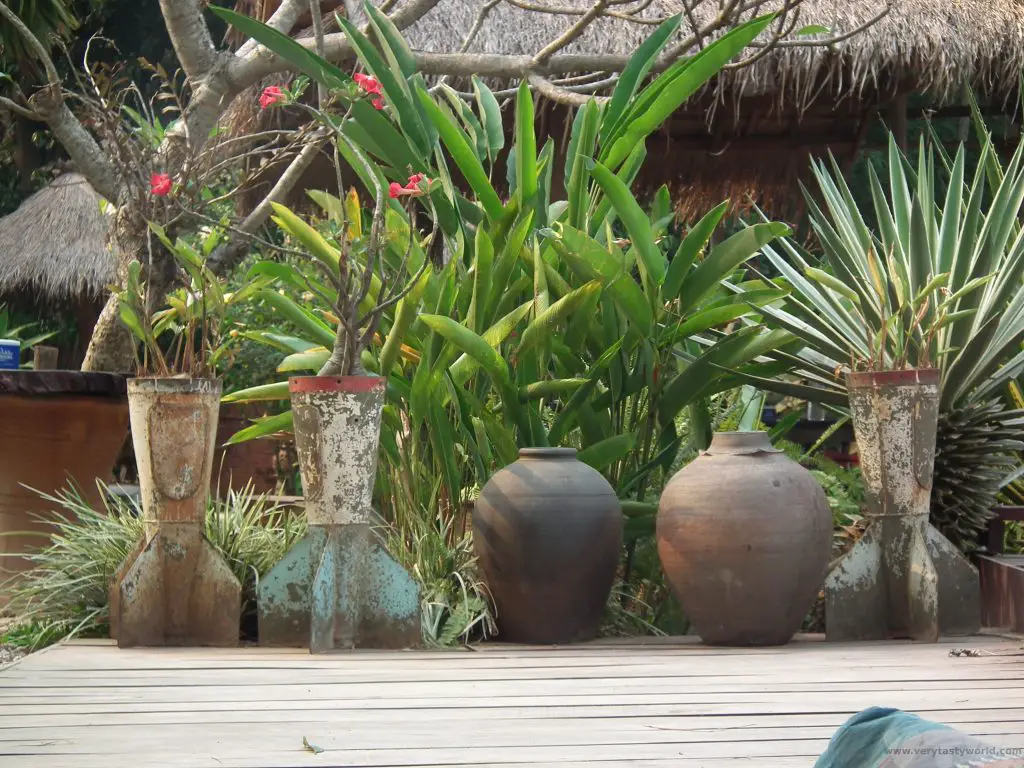
Utopia is popular amongst backpackers for its chilled atmosphere during the day (it has activities such as yoga lessons available) and livens up a lot at night, and it offers local and western food.
One of the best restaurants in Luang Prabang Lao for local food is Tamarind, on the Kingkitsarath Rd, and they specialise in local cuisine. They offer tasting menus which give visitors the chance to try various specialities. It’s a fantastic introduction to local fare. It’s a popular restaurant so it’s worth booking ahead if you can, although we got lucky with a walk-in for lunch.
We started with Lao-Lao shots as an aperitif. Lao-Lao is rice whiskey. Its name isn’t a cute term of endearment – the two words have different tones in pronunciation and hence different meanings. The first Lao means “alcohol” and the second means “from Lao”. The whiskey has a mild flavour but is pretty potent at round 40-45% alcohol.
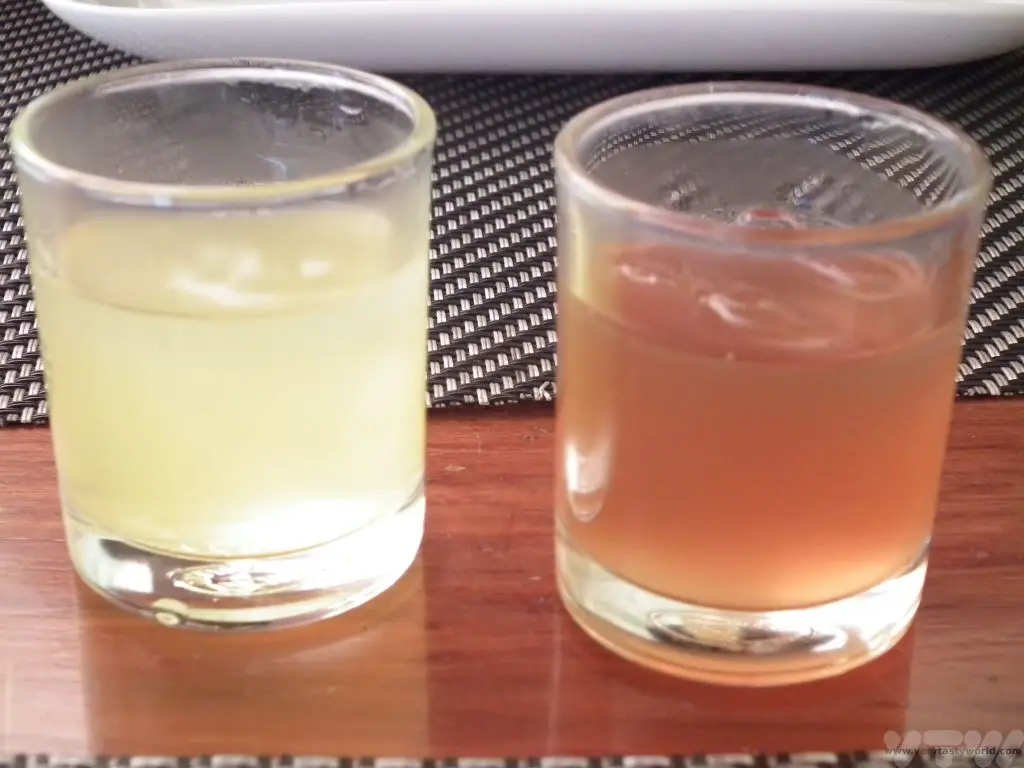
The starter was chunky bamboo and vegetable soup. A lot of Lao food can be searingly hot, with chilli often providing the heat, but this wasn’t; whilst still spicy, it had a piquancy in the seasoning that allowed the flavour of the vegetables and herbs to shine through.
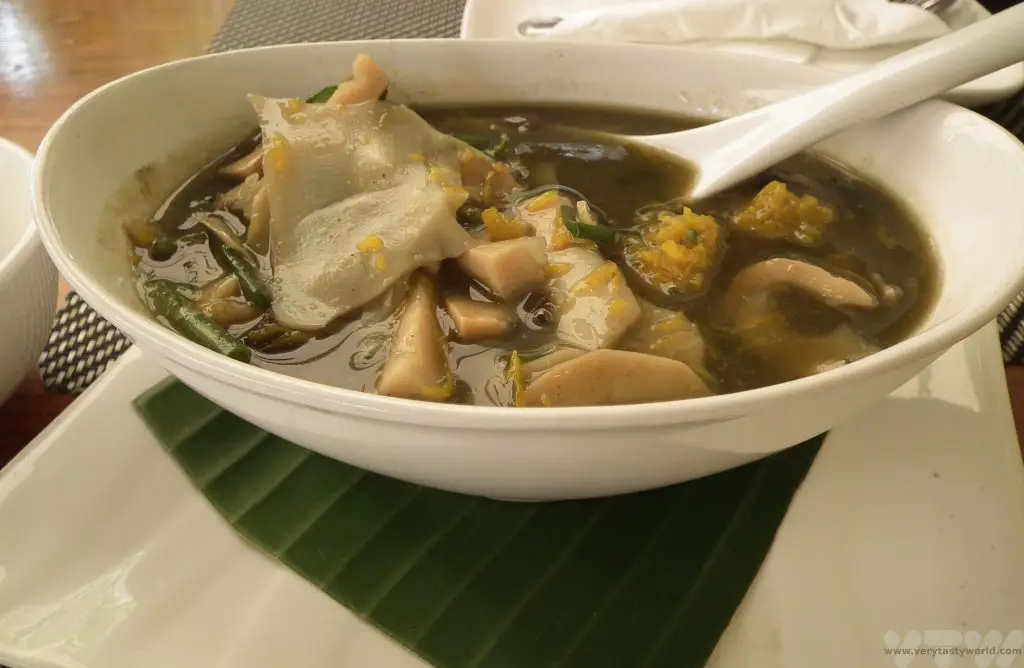
Then came a platter of Lao specialities. These included dinky little sausages with a variety of relishes, which varied in the amount of spice they delivered, as well as kaipen – crispy sun-dried river weed coated with sesame seeds.

The next dish was fragrant lemongrass stuffed with chicken which felt like a bit of a contradiction. Usually you would expect lemongrass to flavour the meat but this was soft minced chicken, delicately spiced, placed into the bulbous part of the lemongrass stalk, then steamed and fried. The gentle scent of the lemongrass imparted a delicate citrus flavour. It was accompanied by herbed river fish steamed in a banana leaf along with local vegetables.
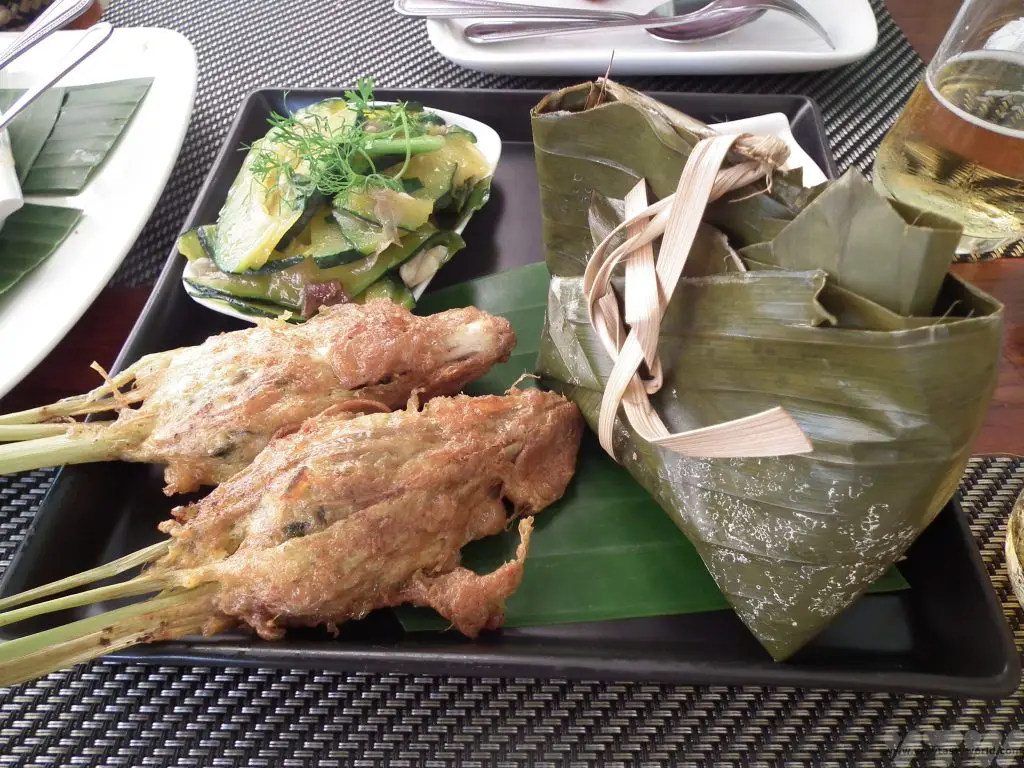
Finally, purple sticky rice cooked in coconut milk with tamarind sauce – which was sweet and slightly sour as well as delightfully sticky – rounded off a splendid meal.
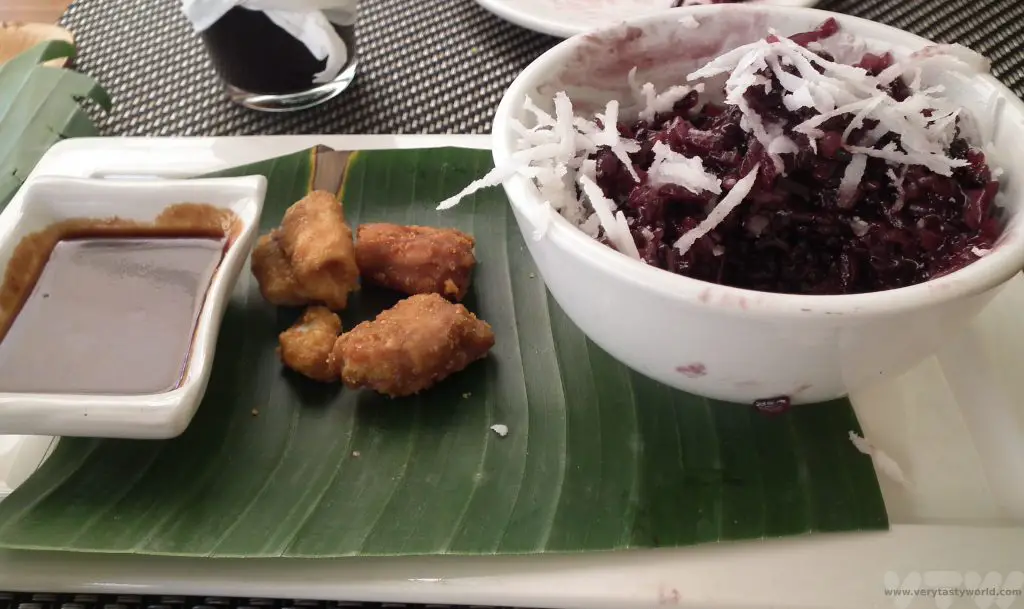

Ultimate Laos Coffee In Vientiane
We’re not really fans of coffee culture. We love coffee but we like to keep it simple: brew it “black as midnight on a moonless night,” to quote the wonderful 1990s (revived in 2017) TV series Twin Peaks, a show that relished “damn fine coffee.” When we visited a local barista in Lao’s capital Vientiane we didn’t have very high expectations of the drink we were about to be offered. But we ended up being very pleasantly surprised.
Laos Coffee In Five Easy Steps
Step 1: Make sure you don’t plan to sleep for any time within the next 8 hours.
Step 2: Our barista had a basic coffee filter set up. She brewed a very strong brew…
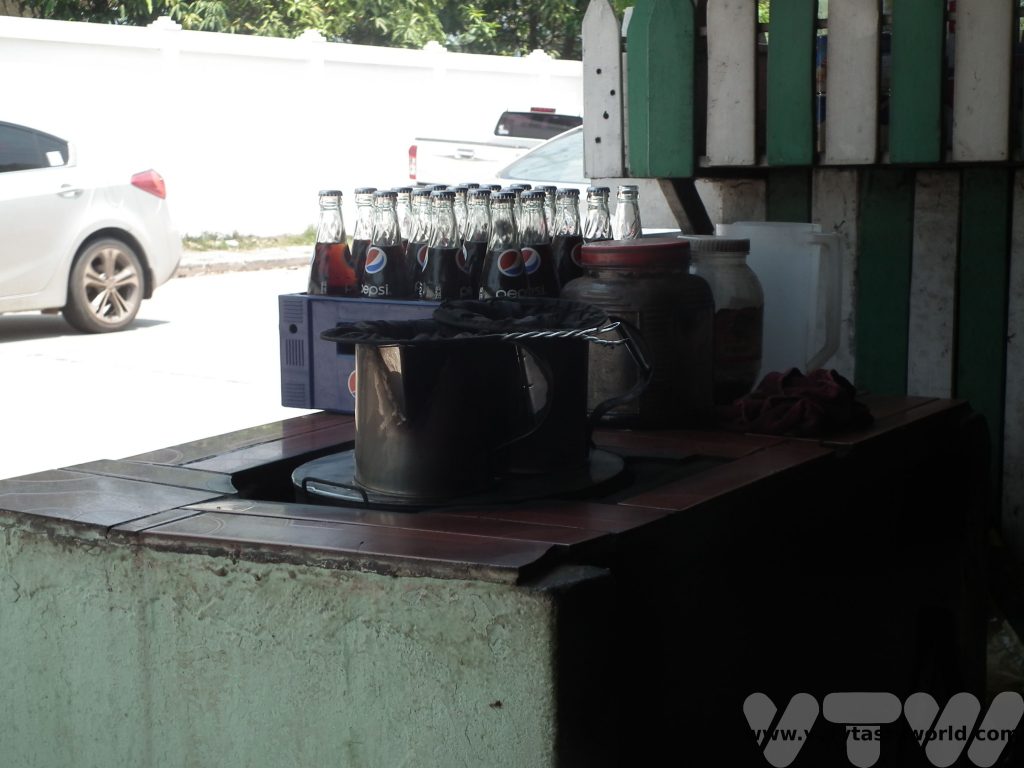
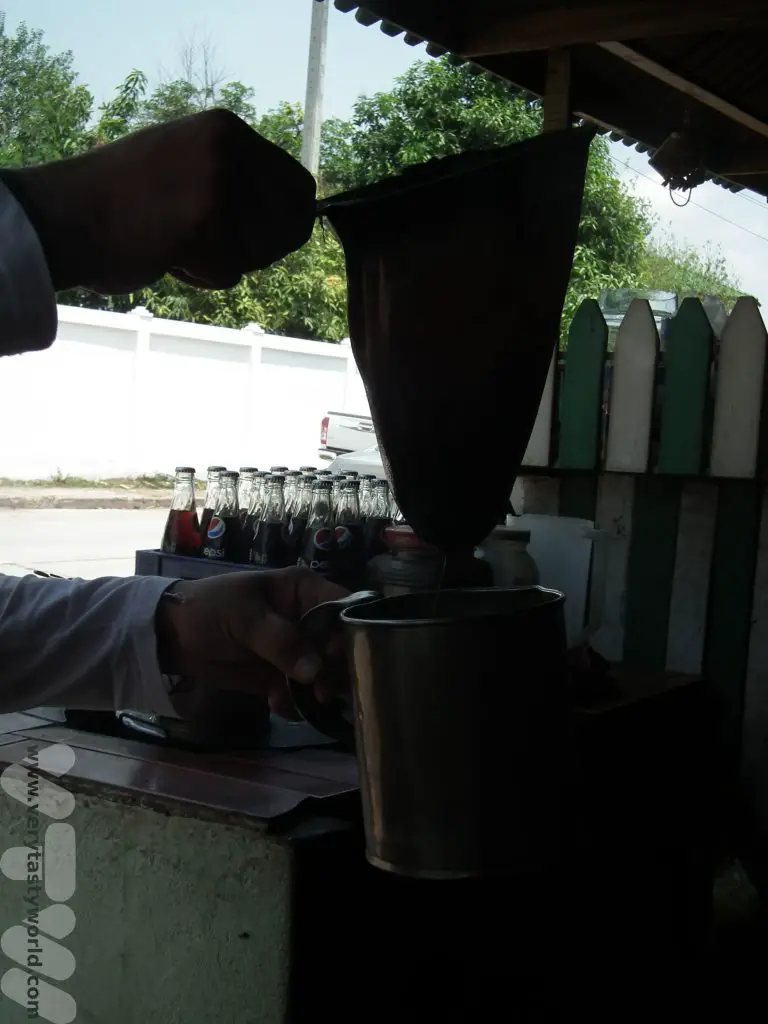
Step 3: Brewed, of course, into a can of condensed milk which is milk plus, plus, plus: thick, smooth, creamy and outrageously sweet. Yes, that is an entire can of sweet, syrupy, gloopy, delicious condensed milk.
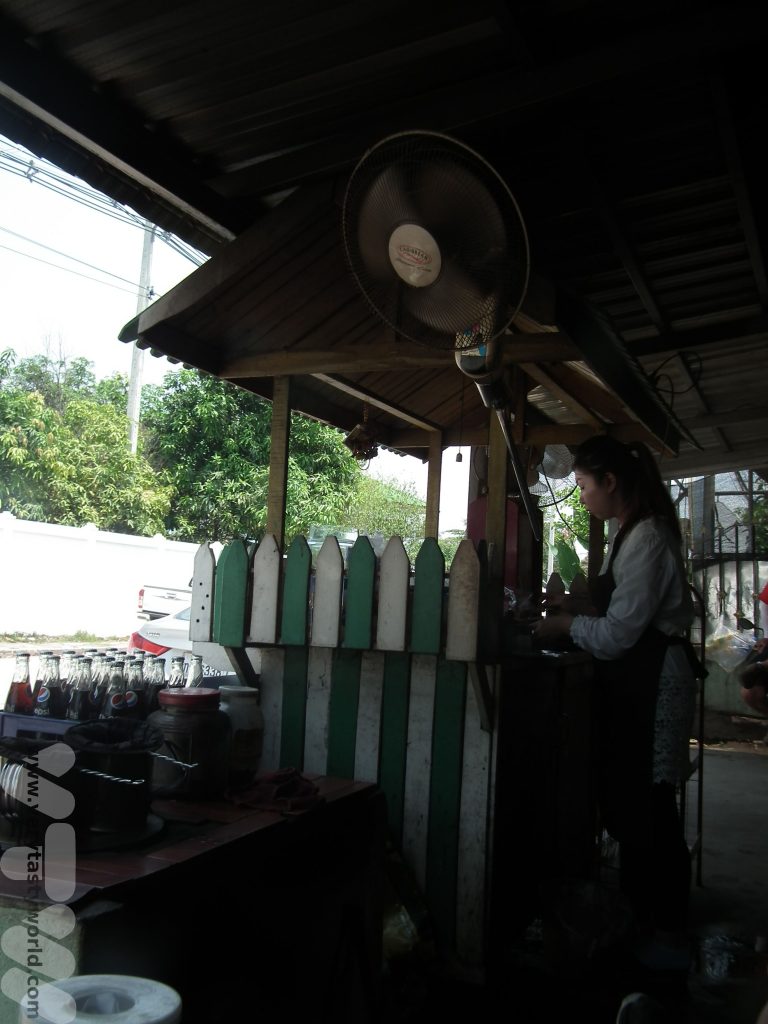
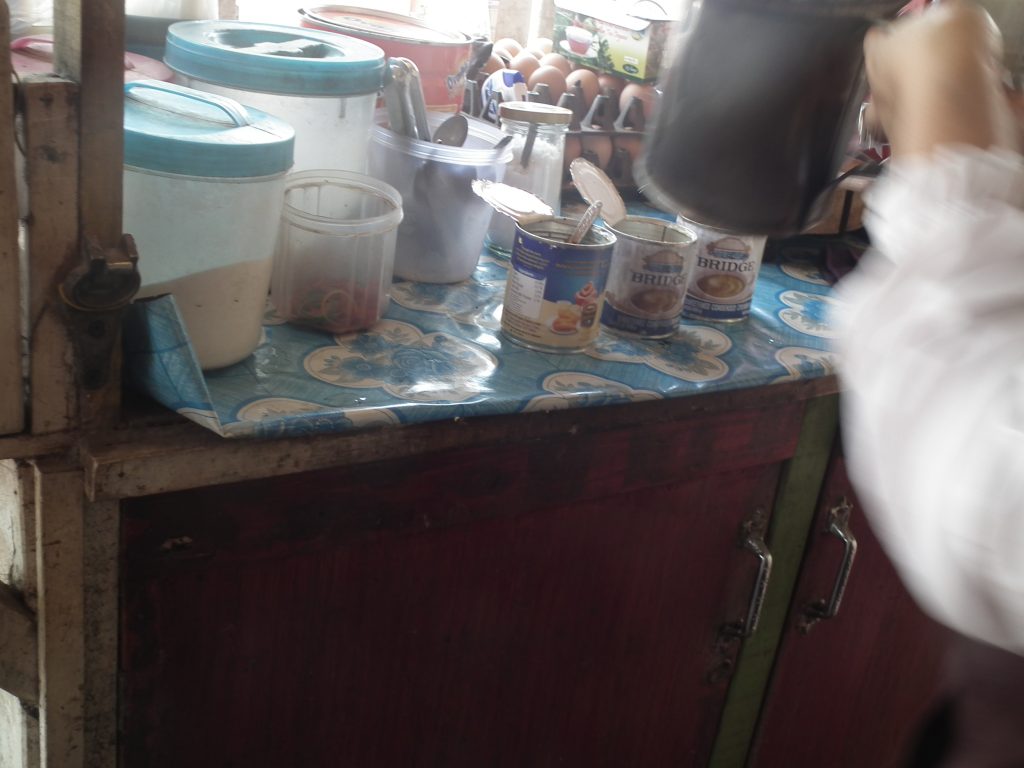
Step 4: Don’t forget that it’s a lovely day. The weather is HOT. Why would you want a hot coffee on a hot and humid day? Of course you would actually want your coffee to be cold! Fill a mug with ice.
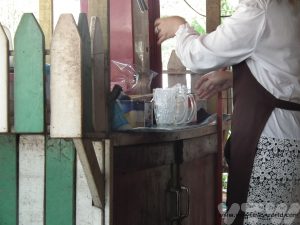
Step 5: Pour the delicious coffee/condensed milk mixture on top. If you want a sugar rush on top of the caffeine, add a tablespoon or so of sugar. Stir, then serve.
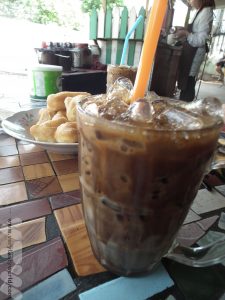
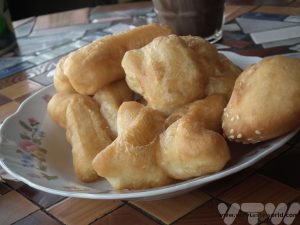
Just in case you aren’t consuming enough calories, why not enjoy some scrummy home-made doughnuts which are a delightful accompaniment to the Lao coffee.
Beats anything by any of the big coffee chains any day of the week. Delish!
But what was really nice about this experience that after making Ultimate Coffee for us our barista settled down to eat her lunch inside her house (just beyond the shop front) with her mum. They offered us some to try – it was frog stew: whole frogs in a spicy sauce with lots of fresh herbs. It was very good indeed. Really.
Related Posts You May Enjoy

